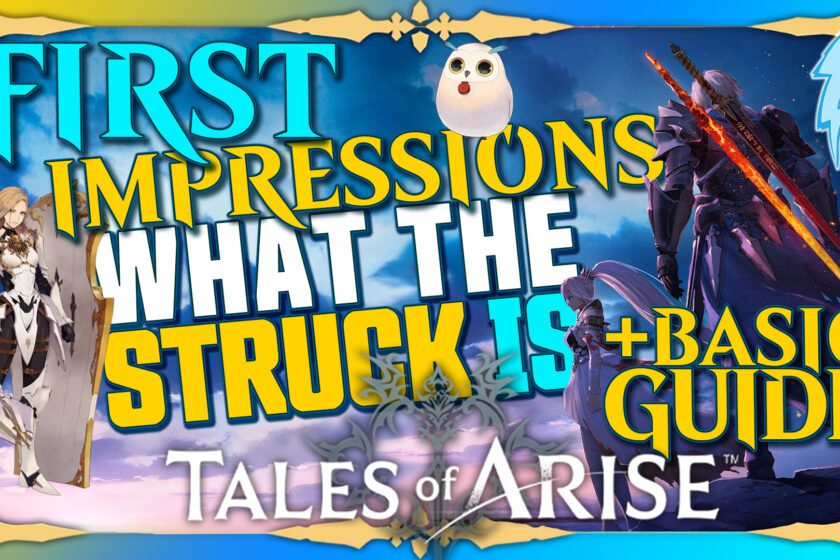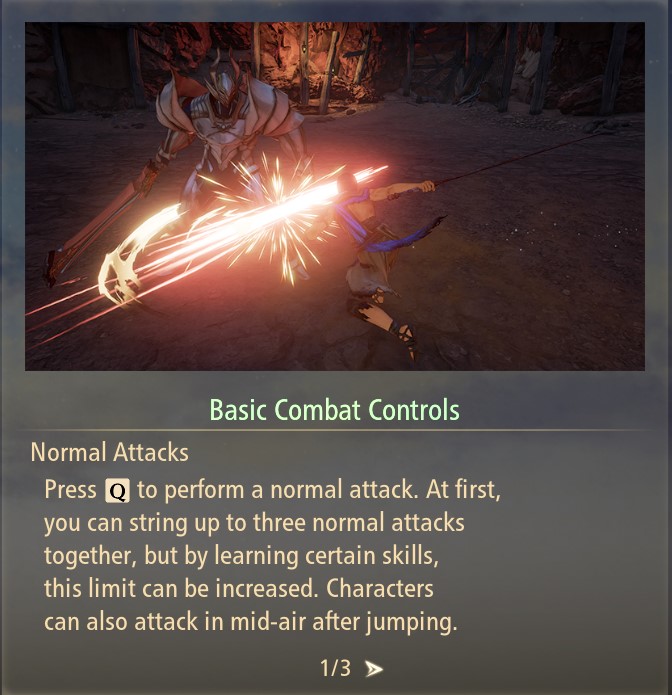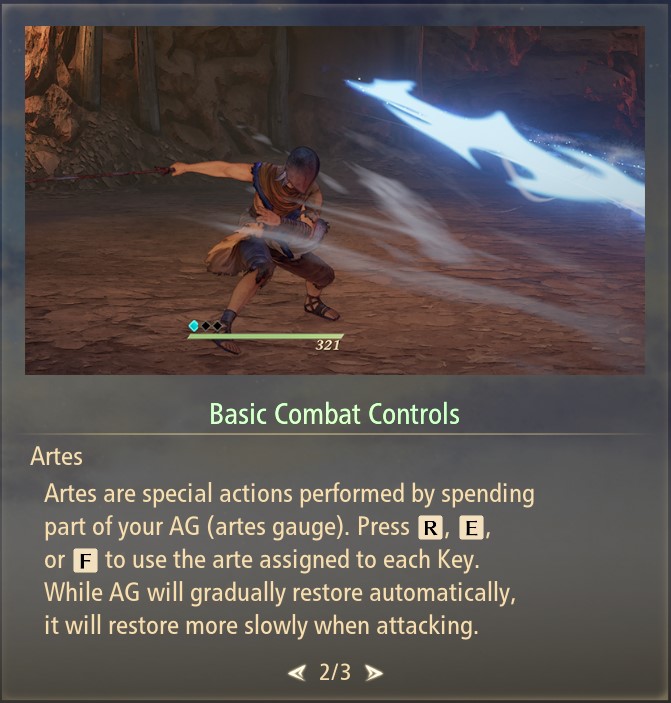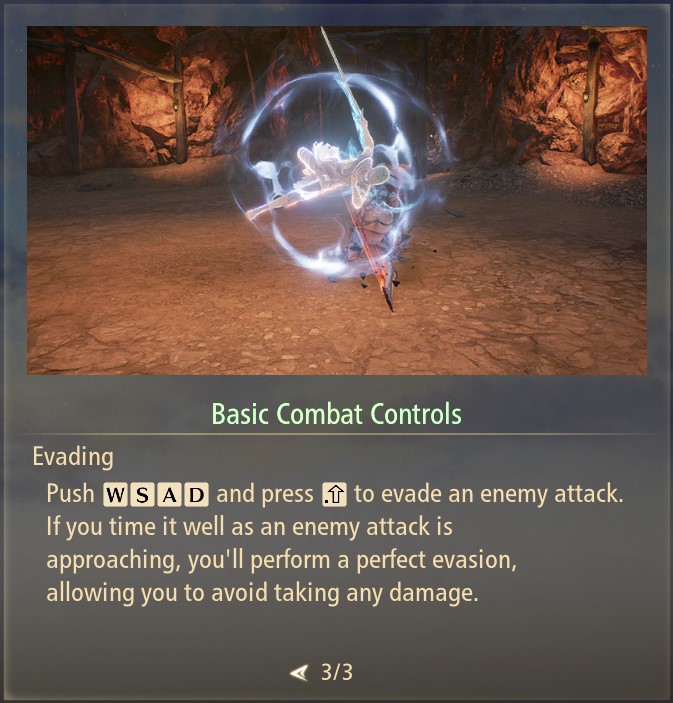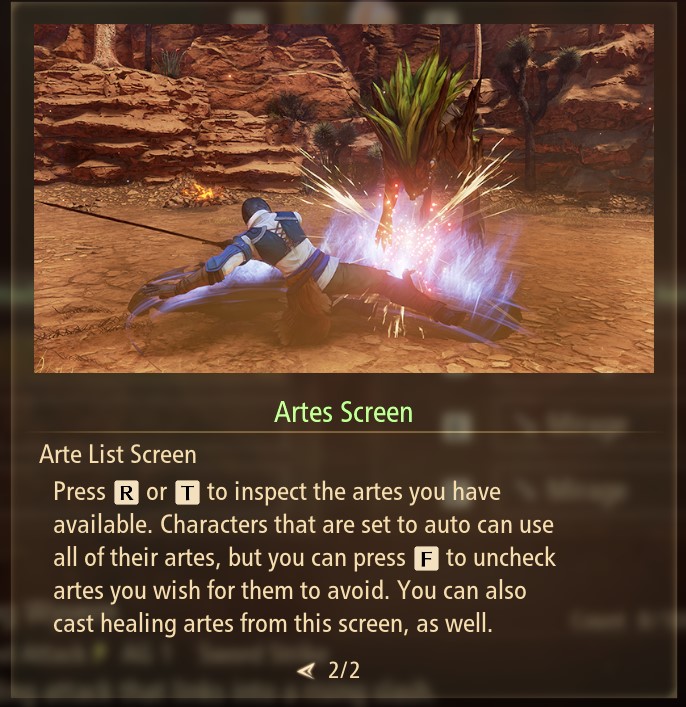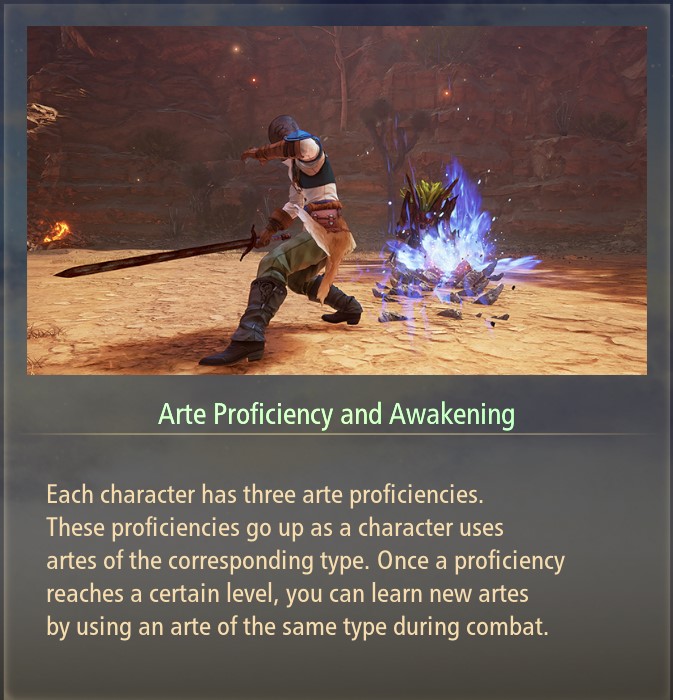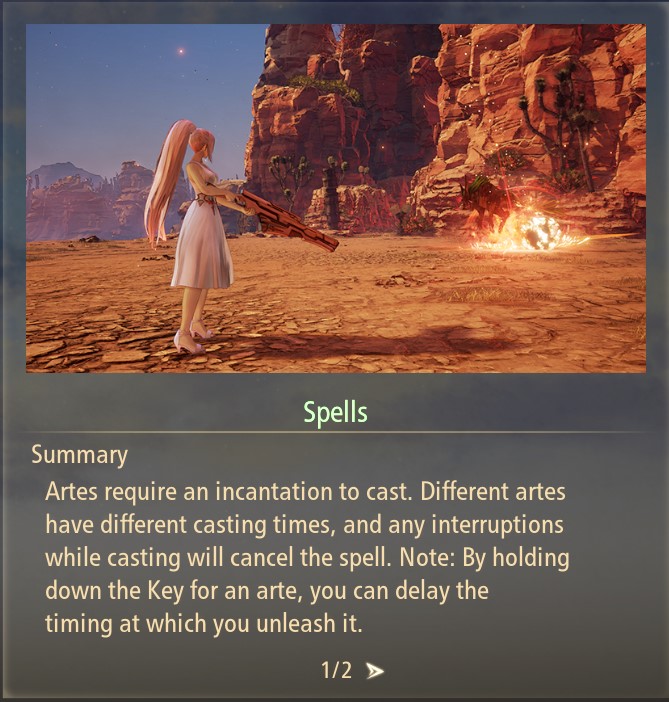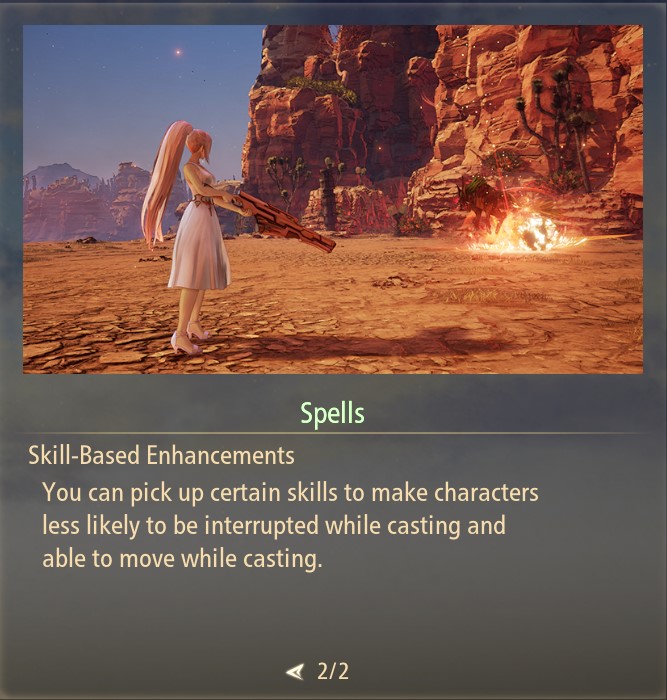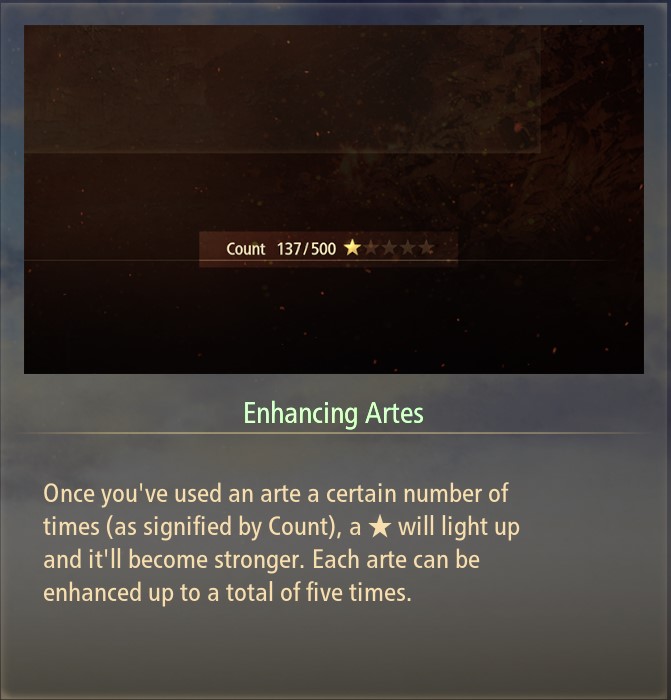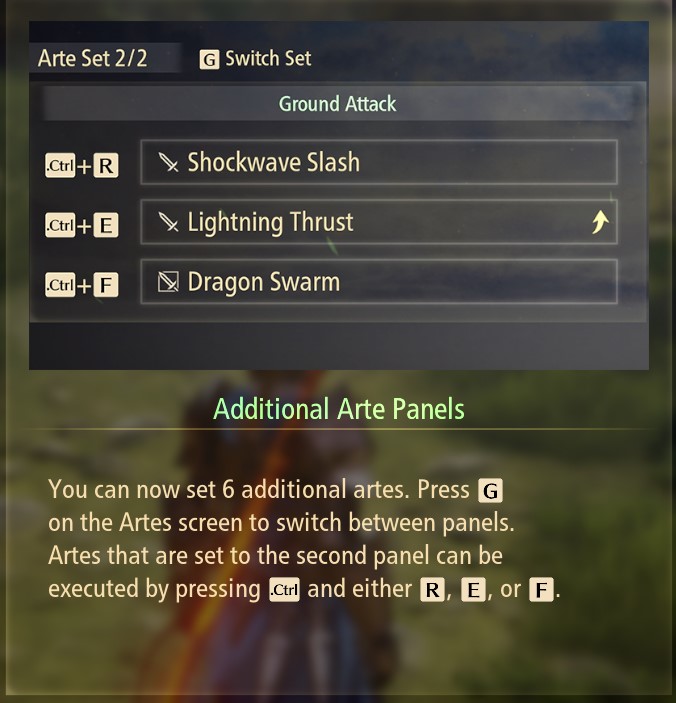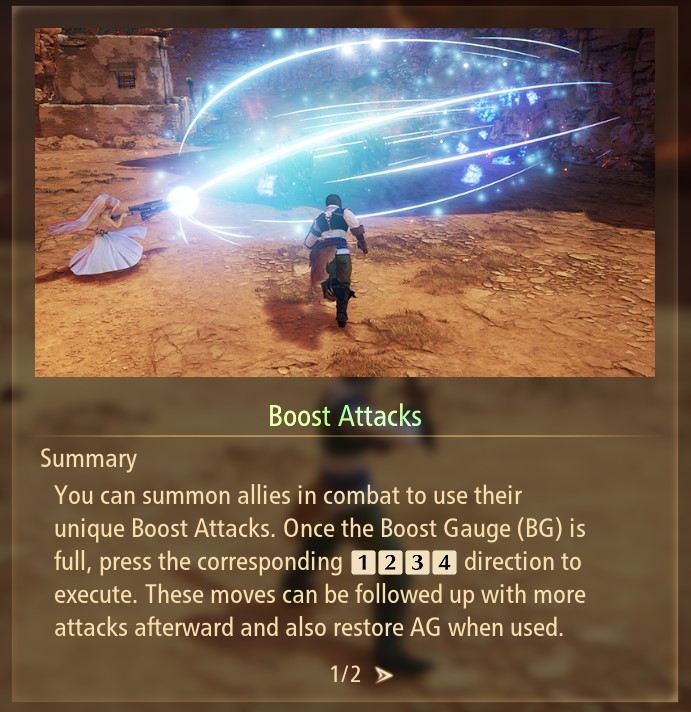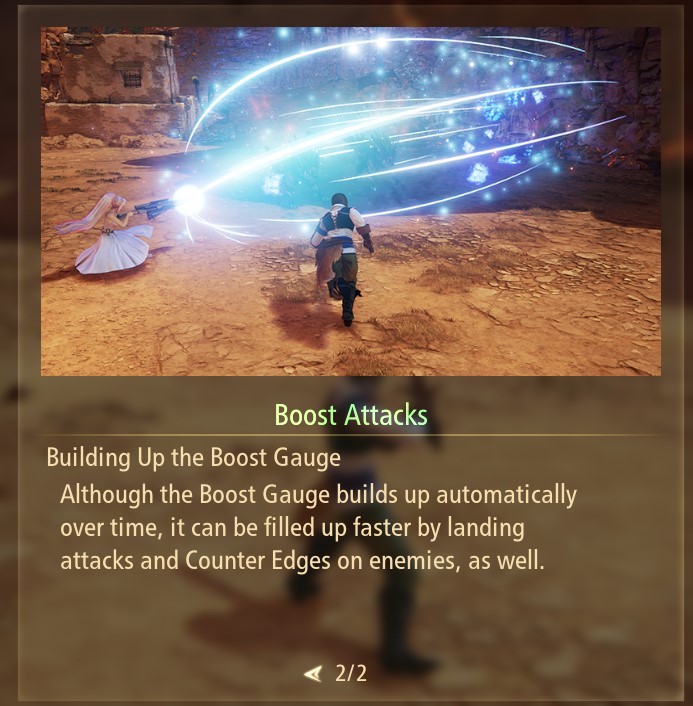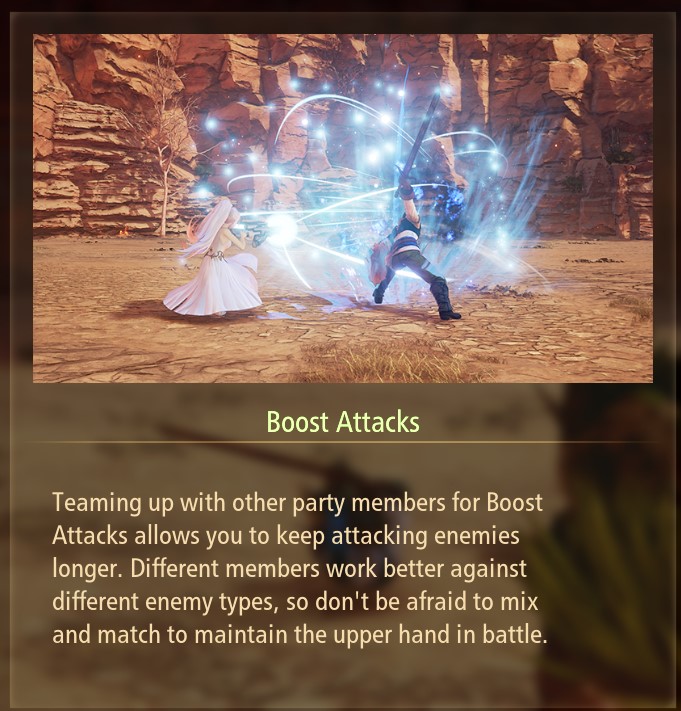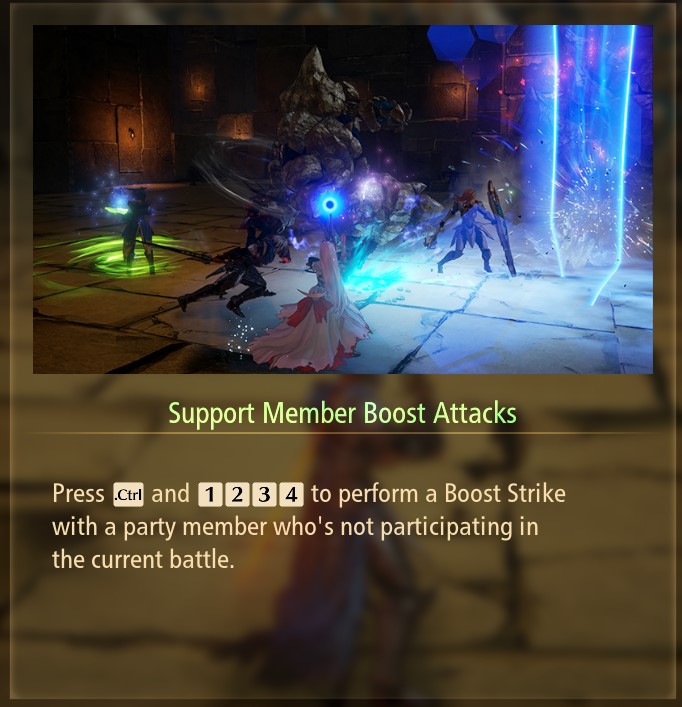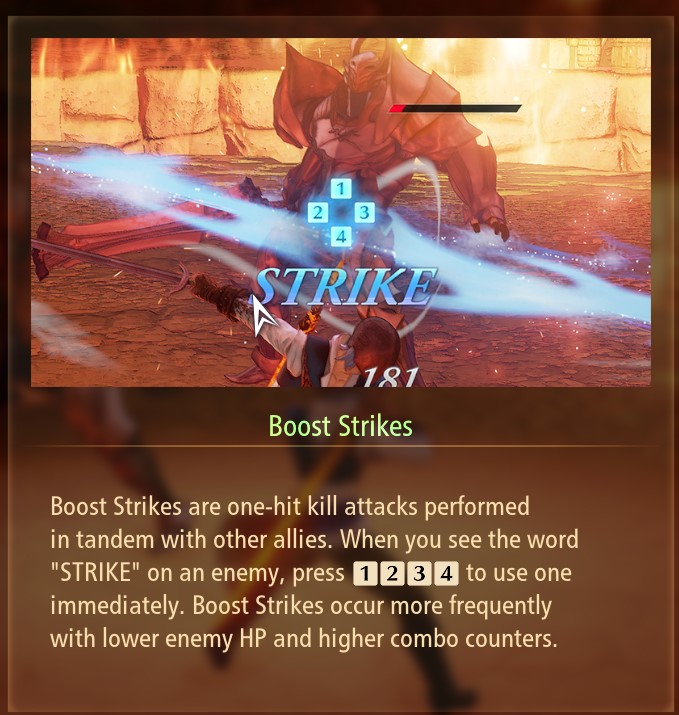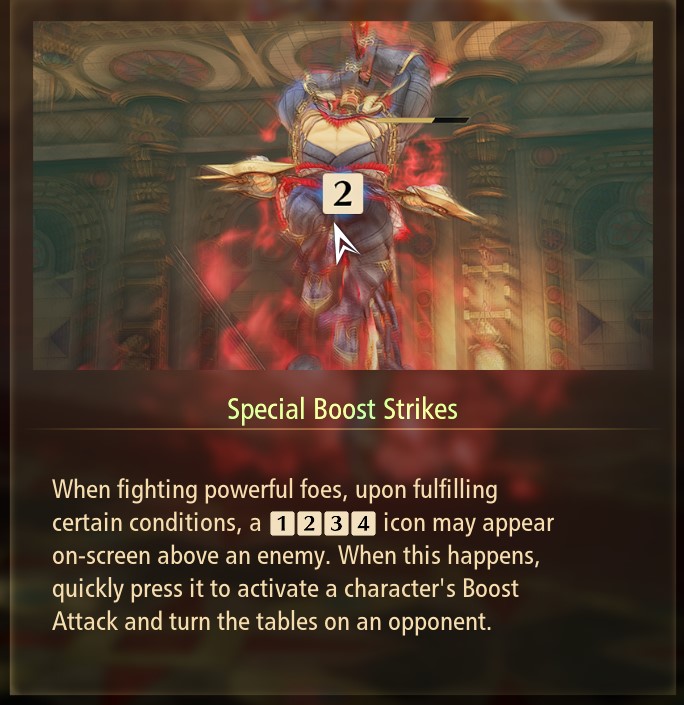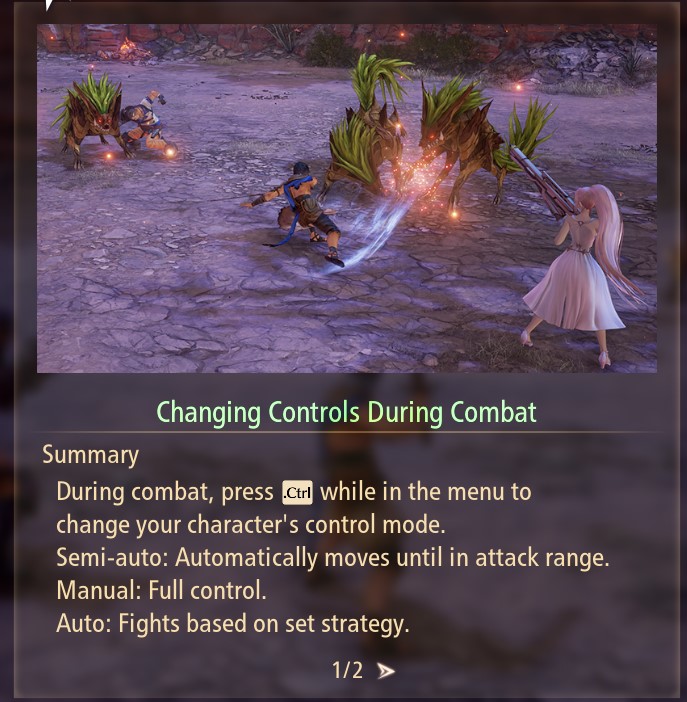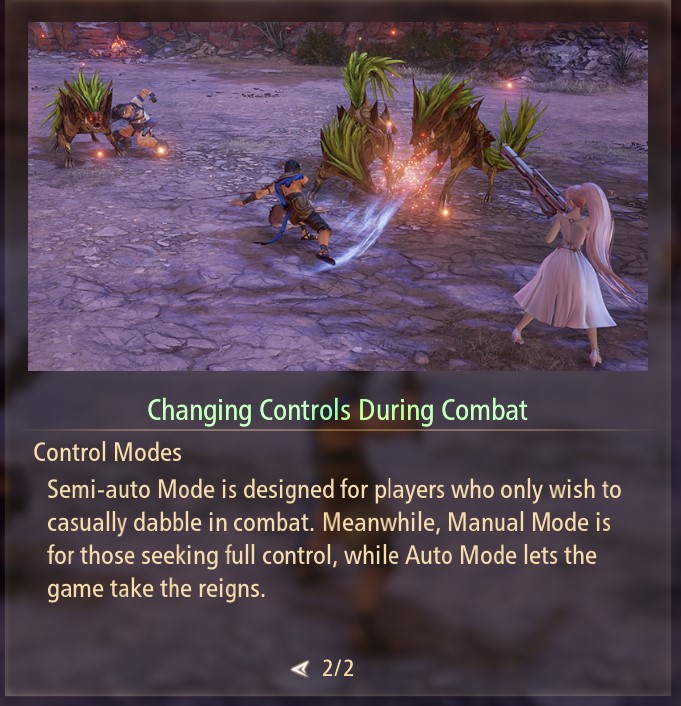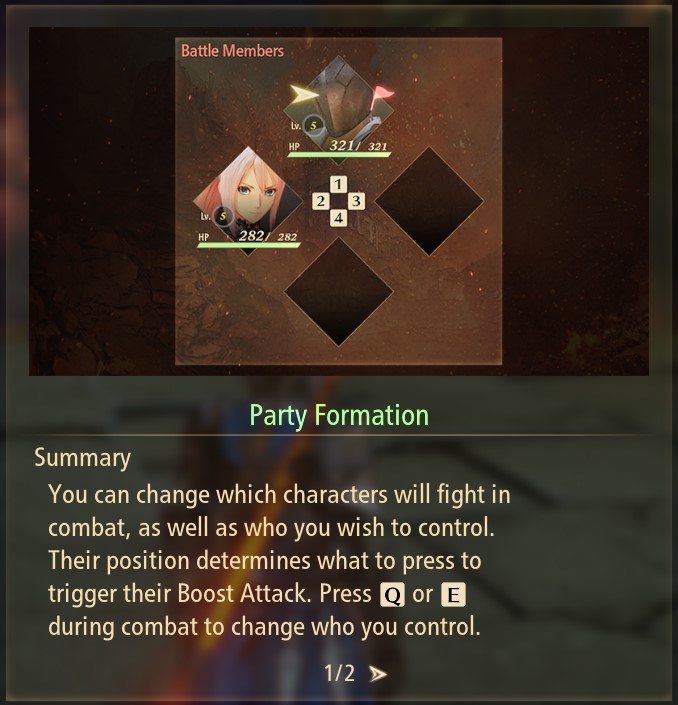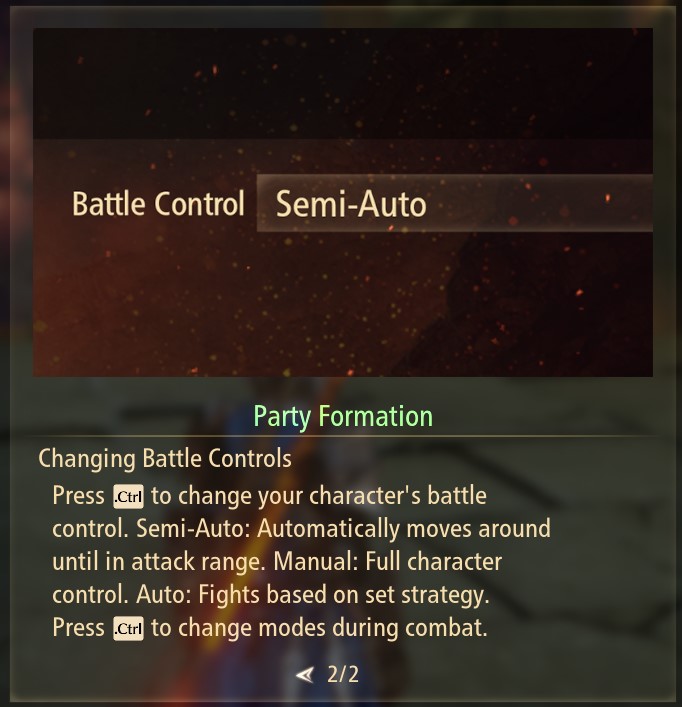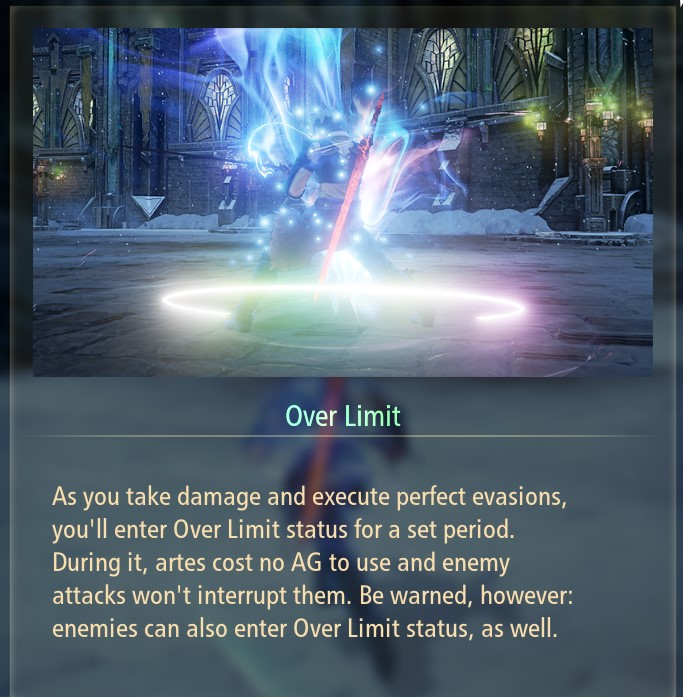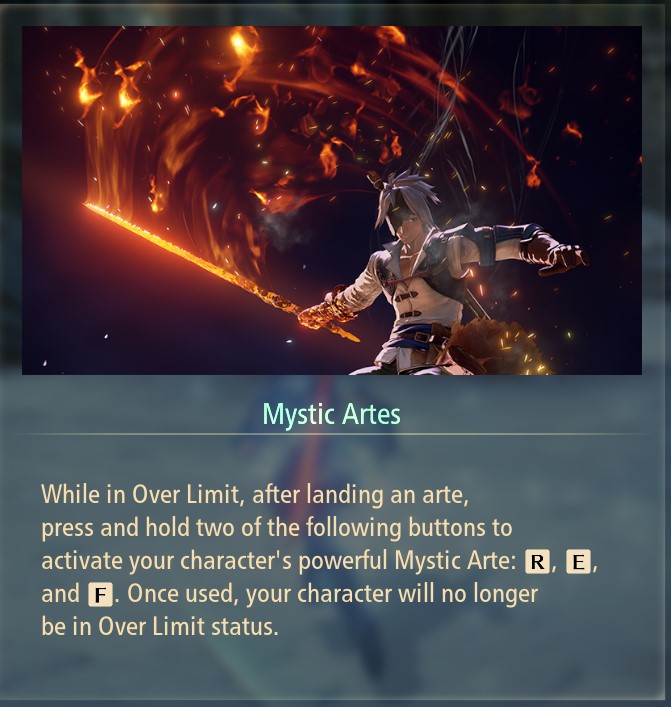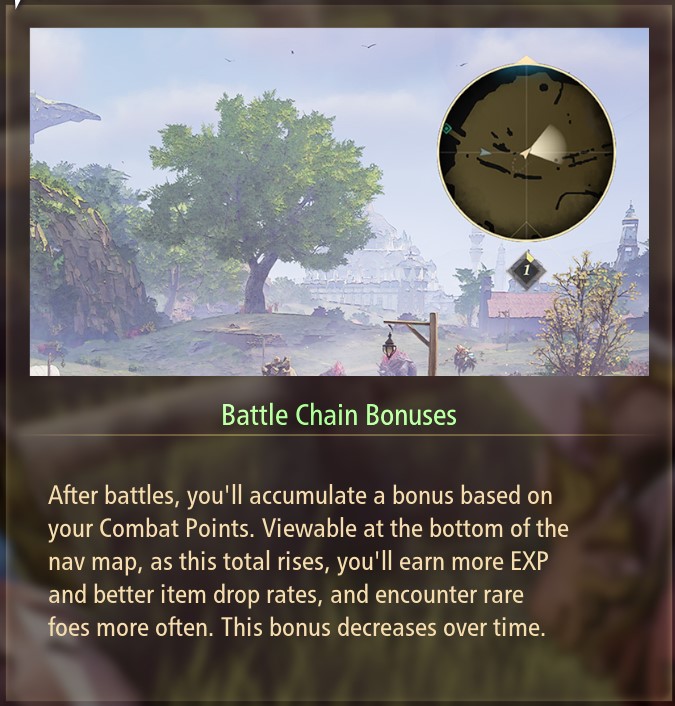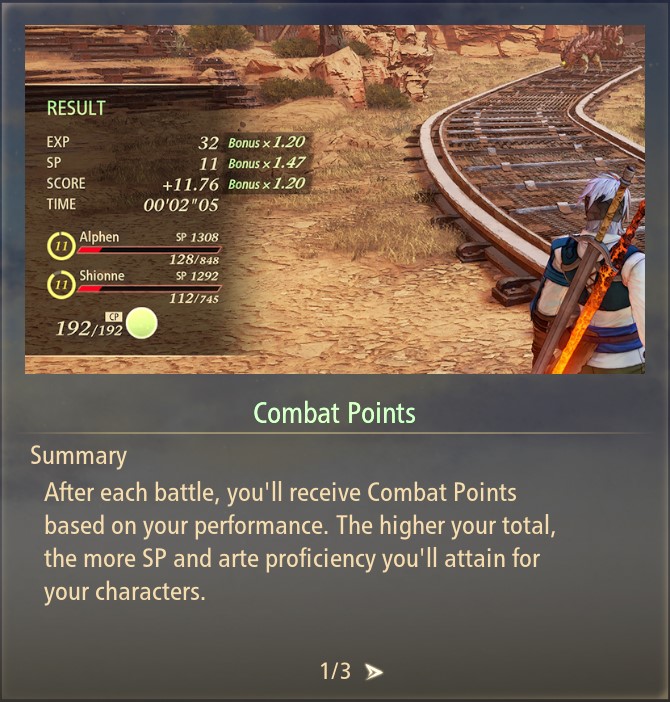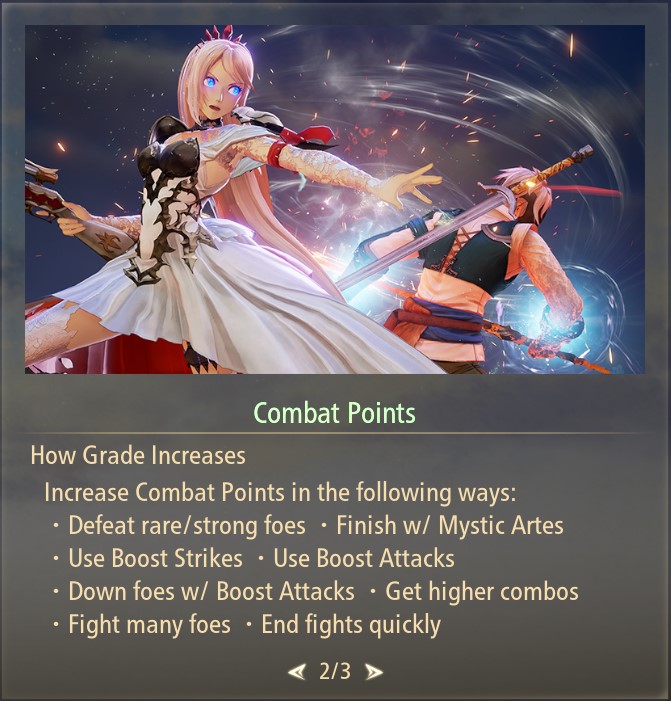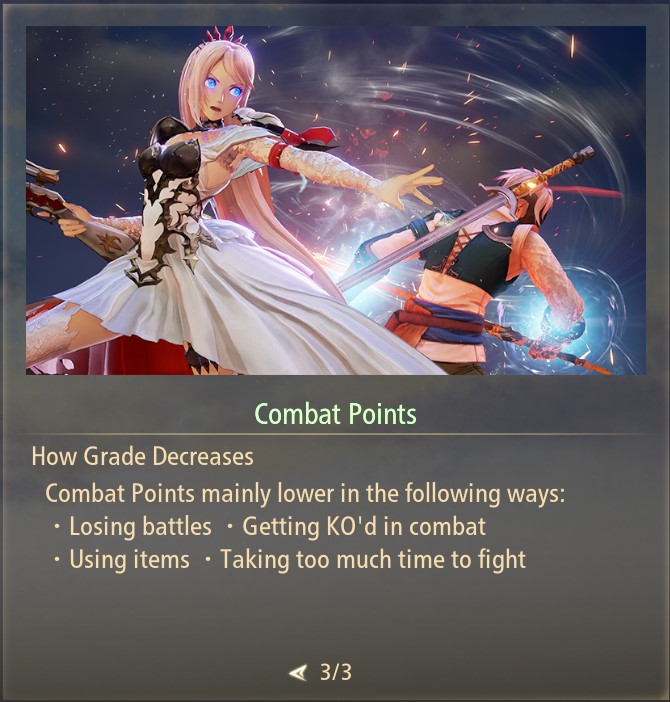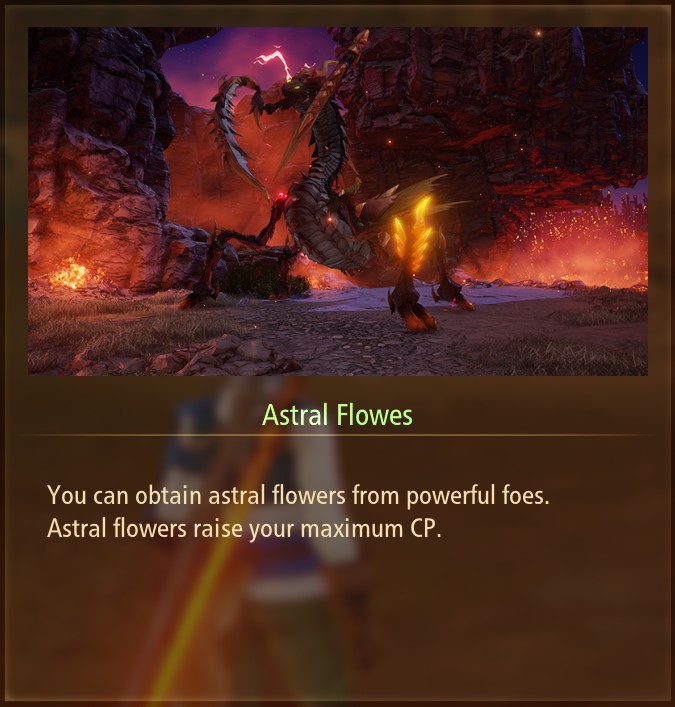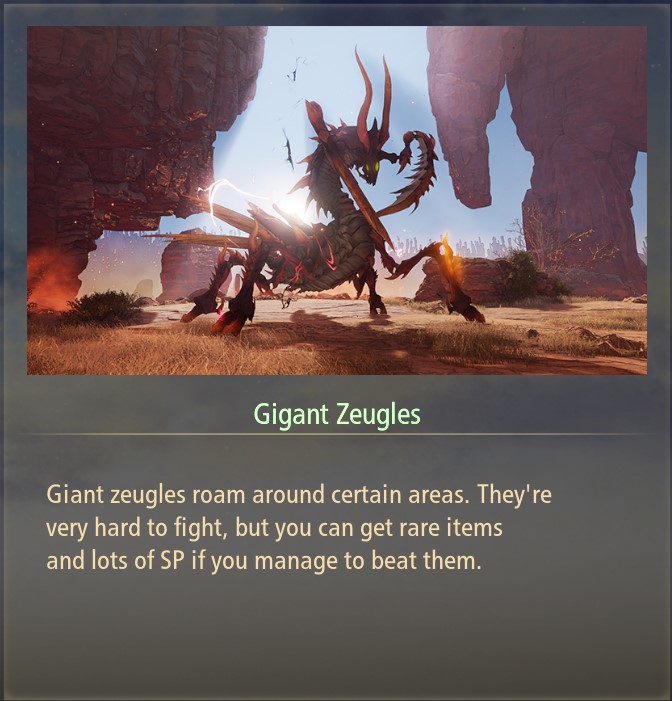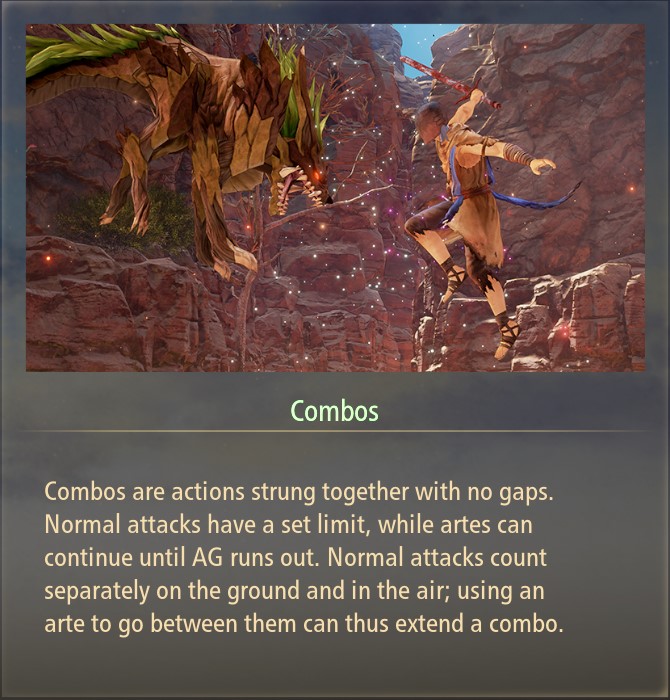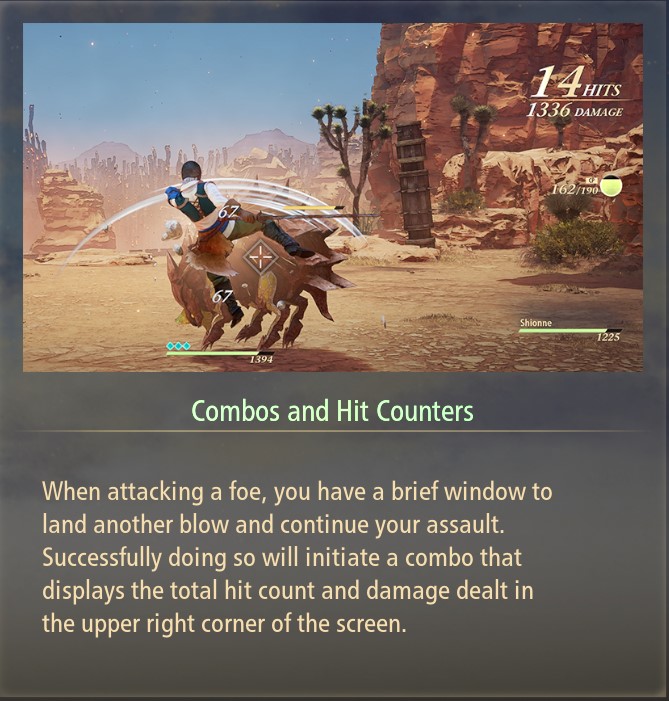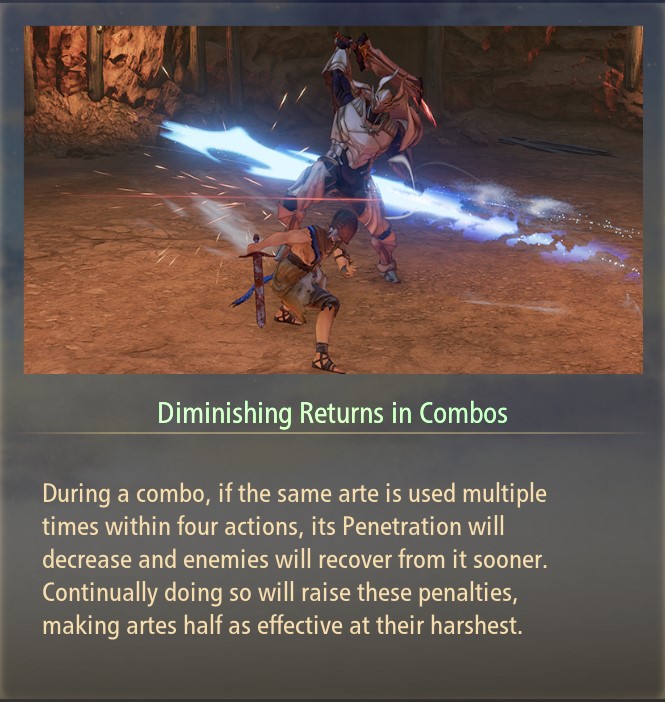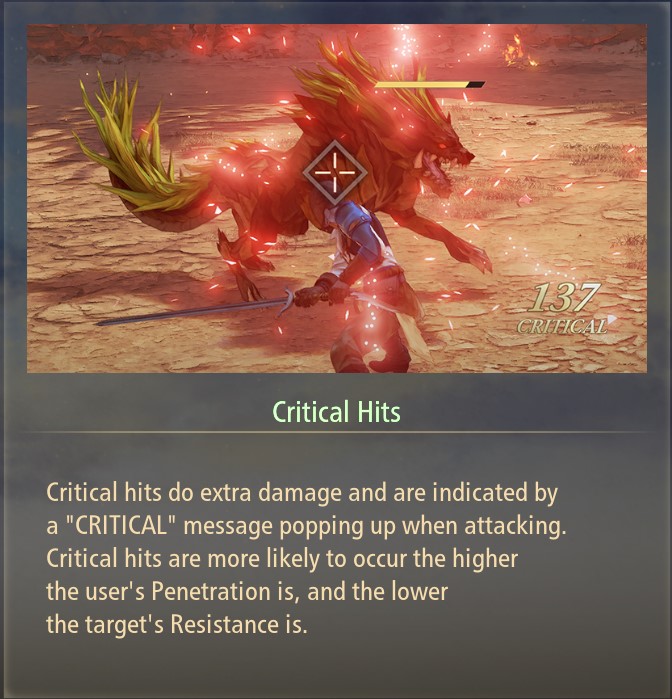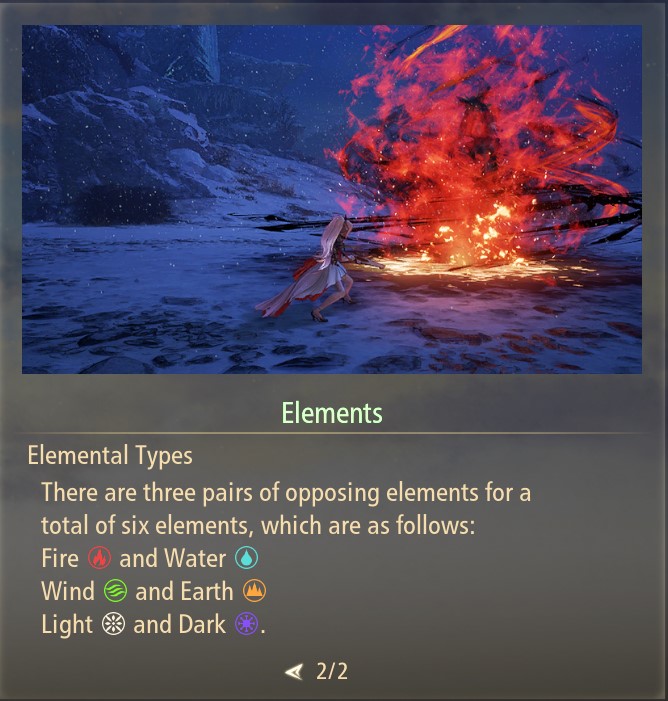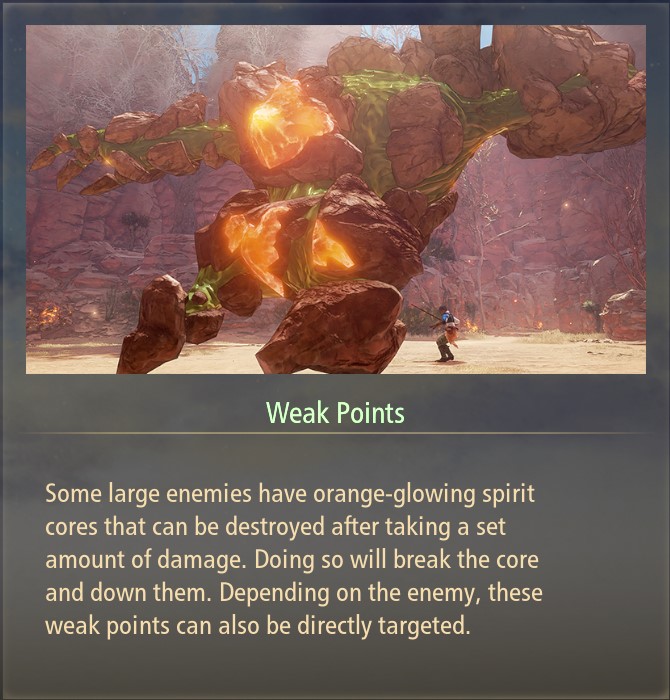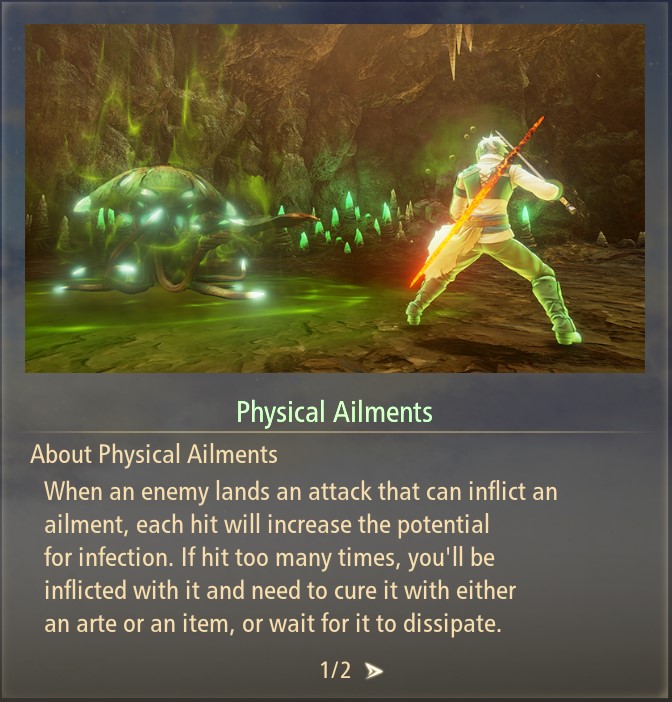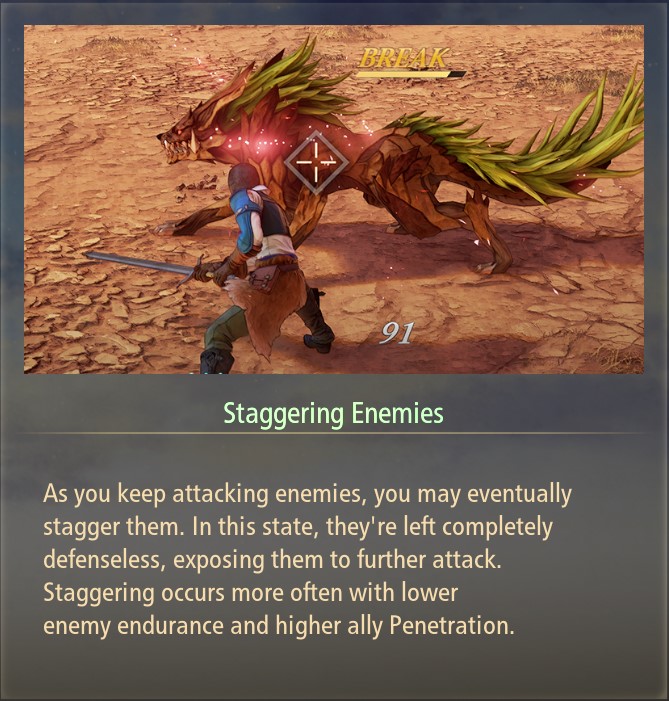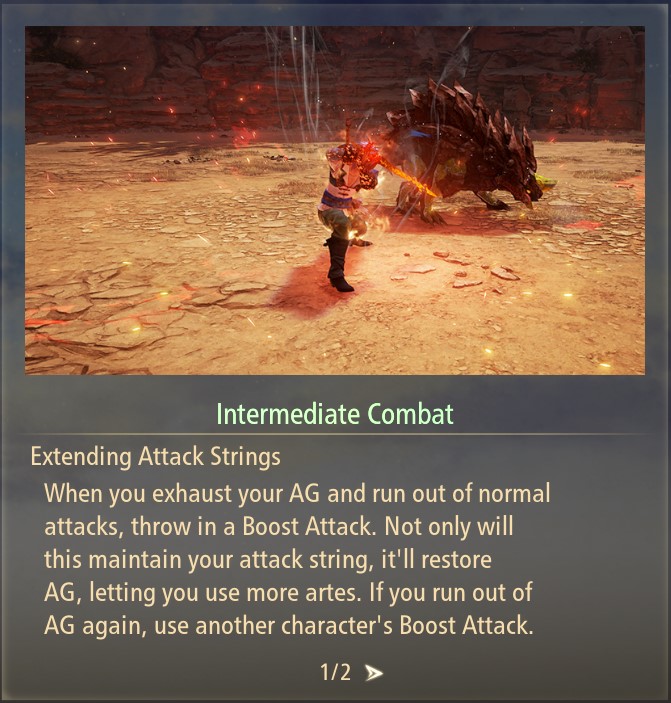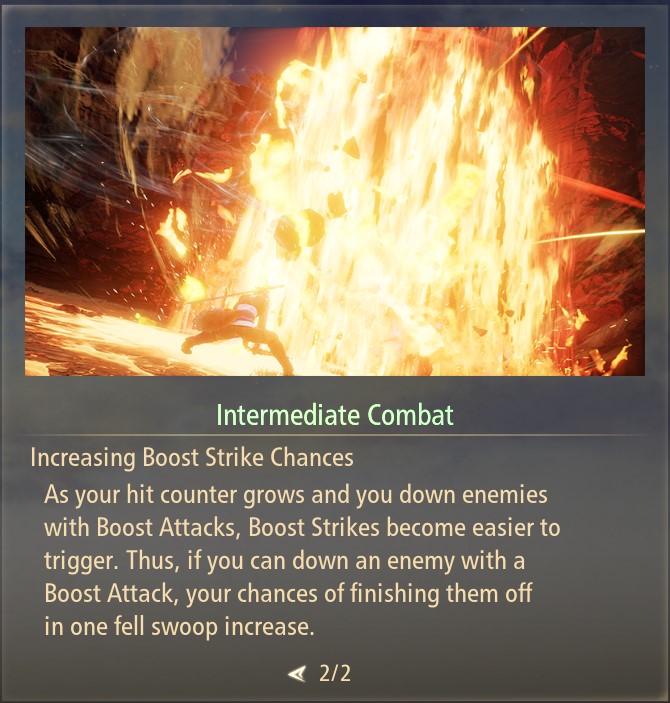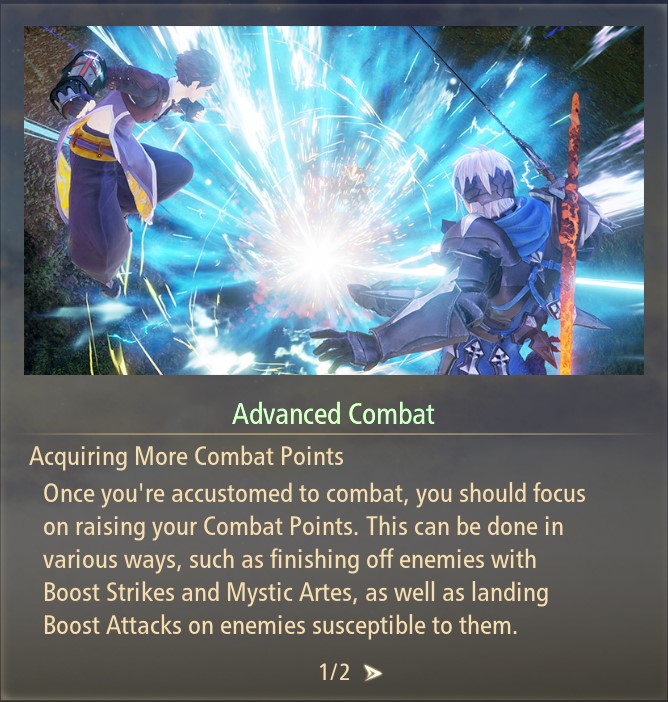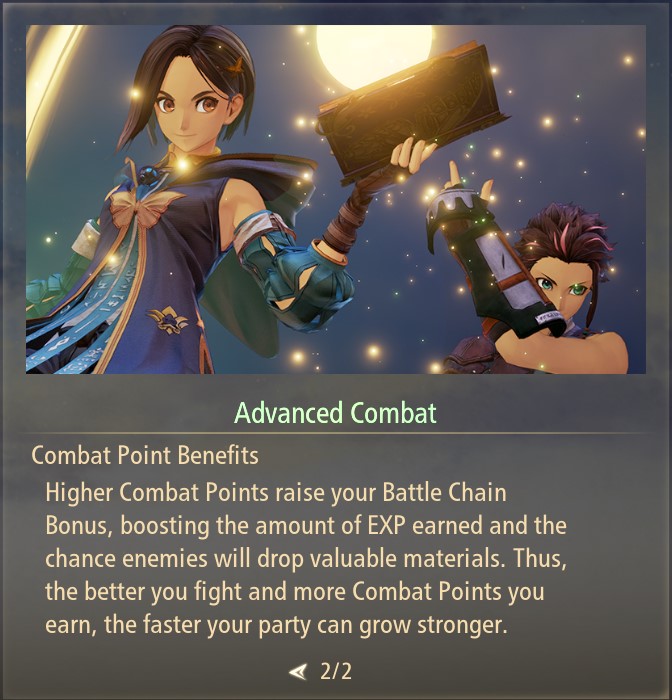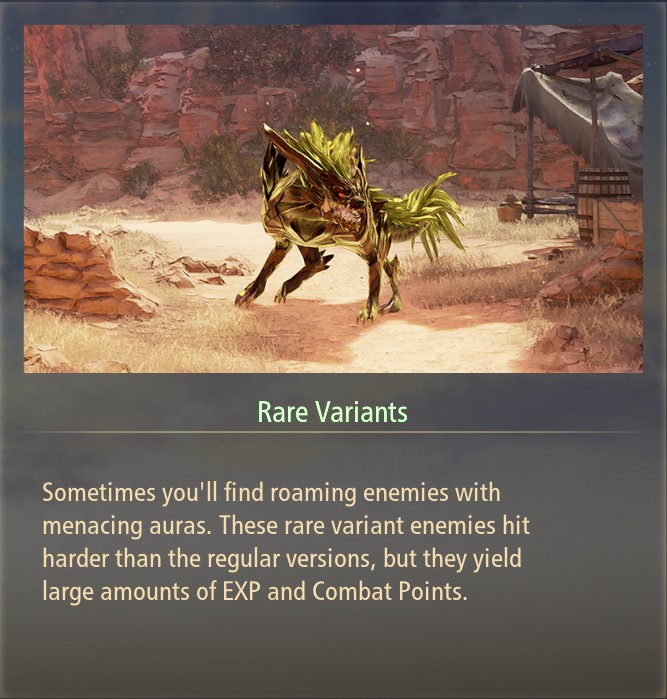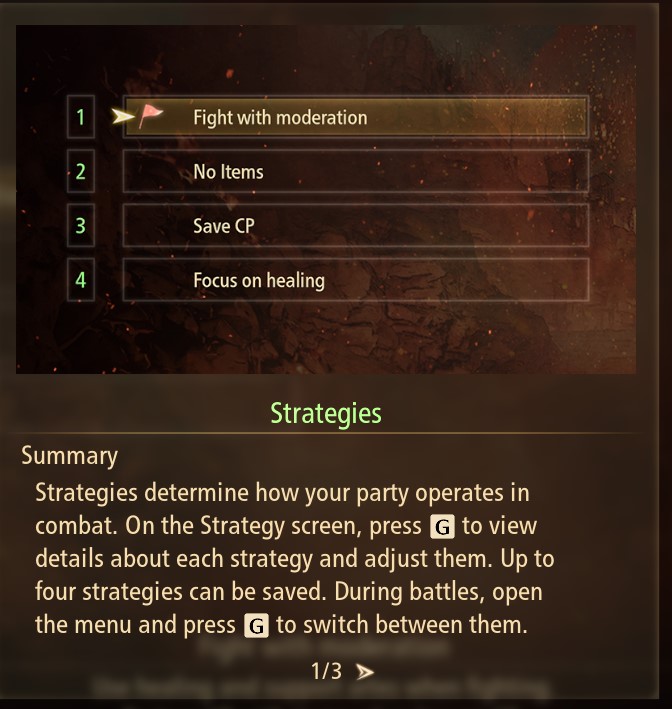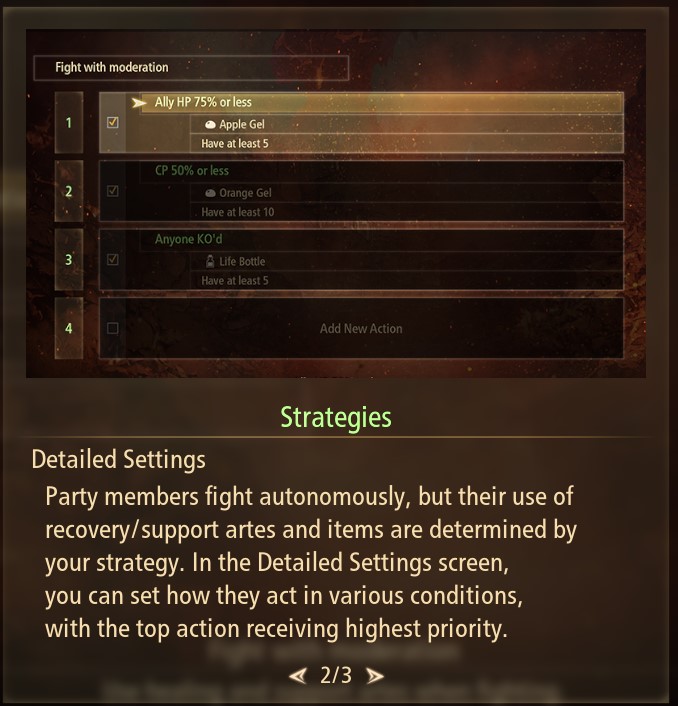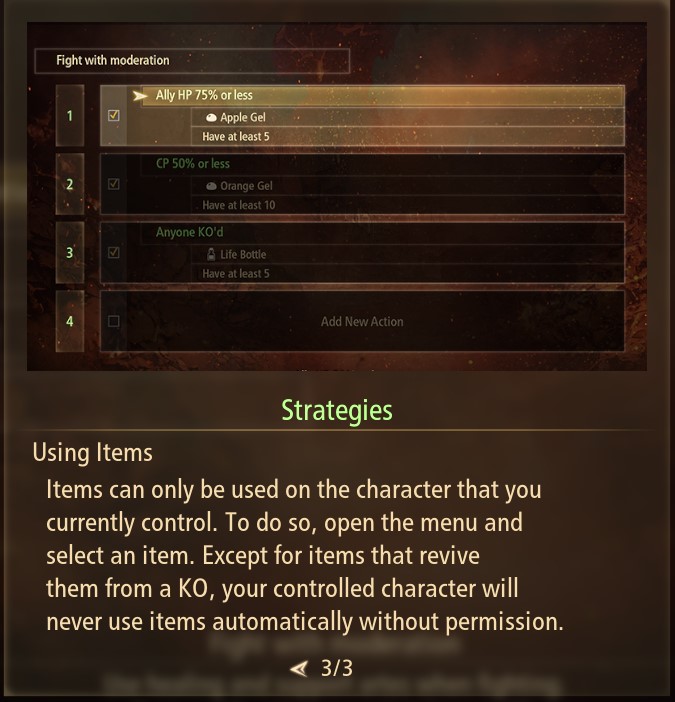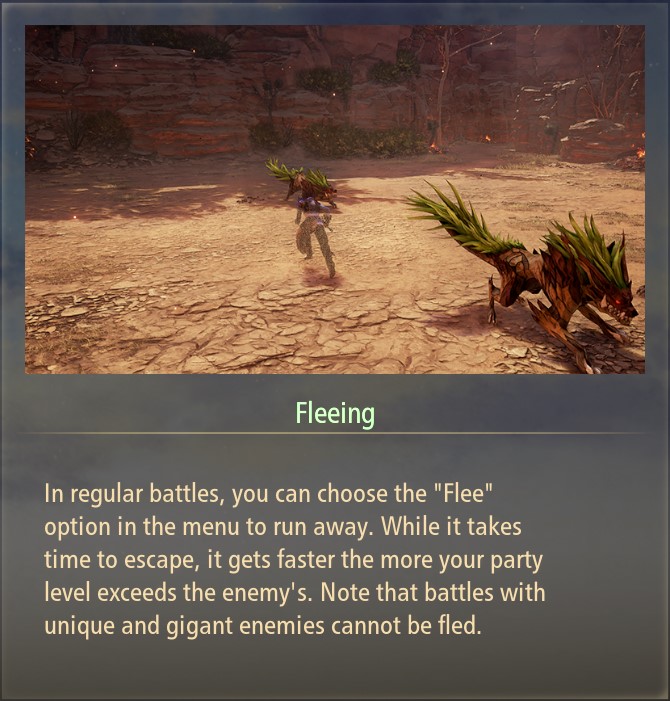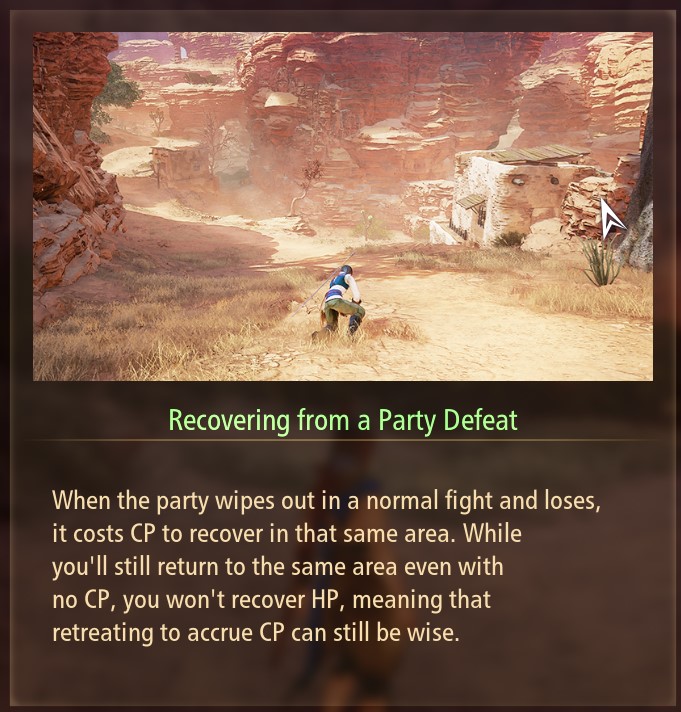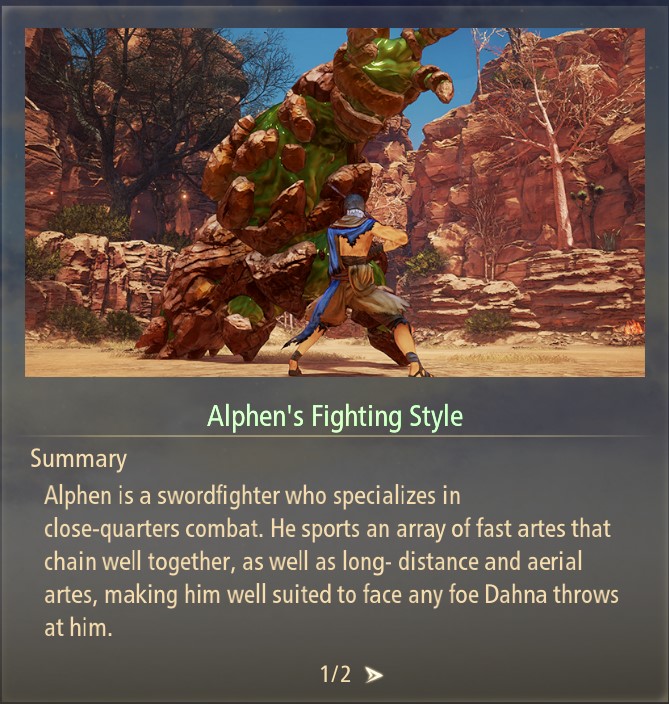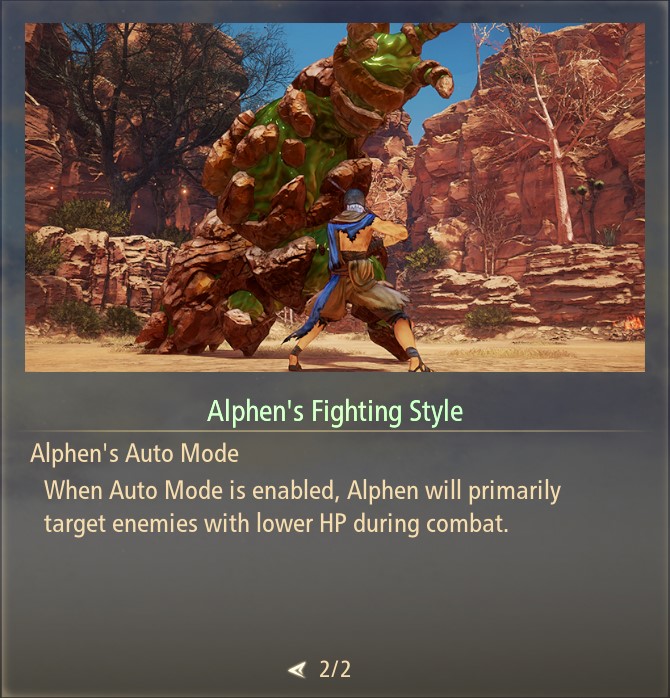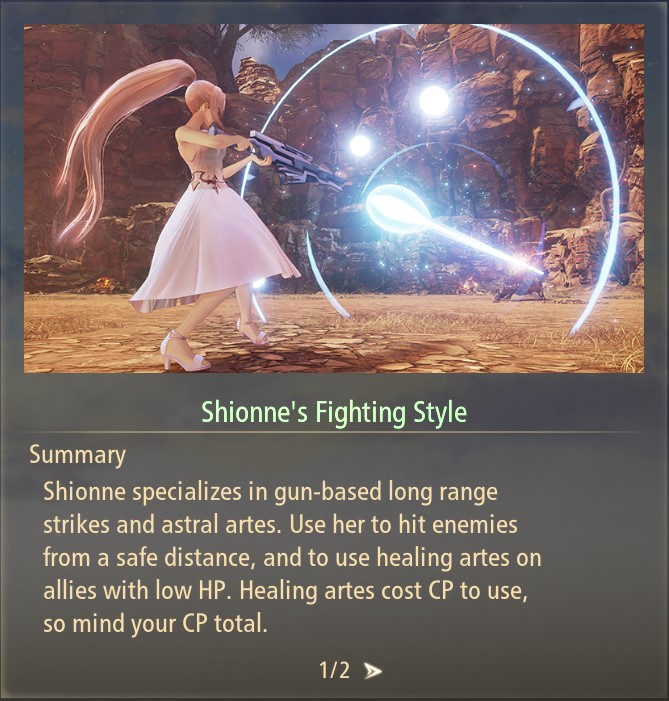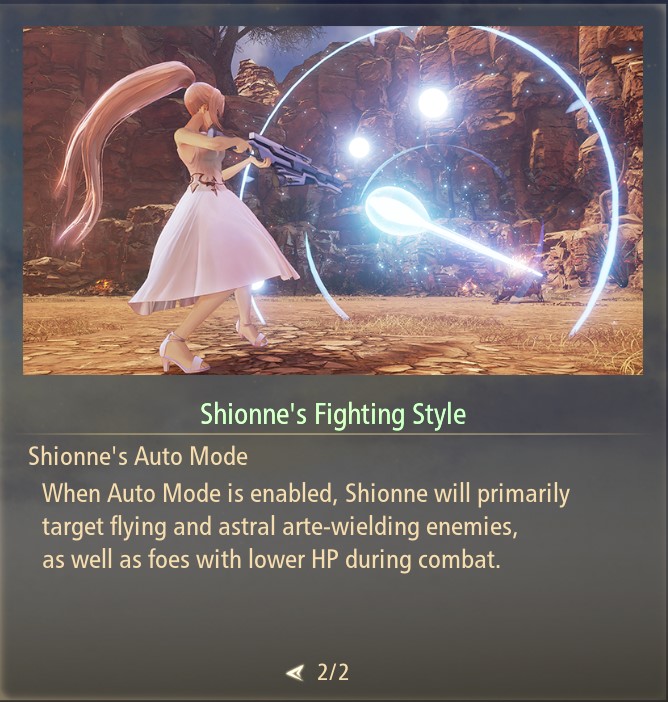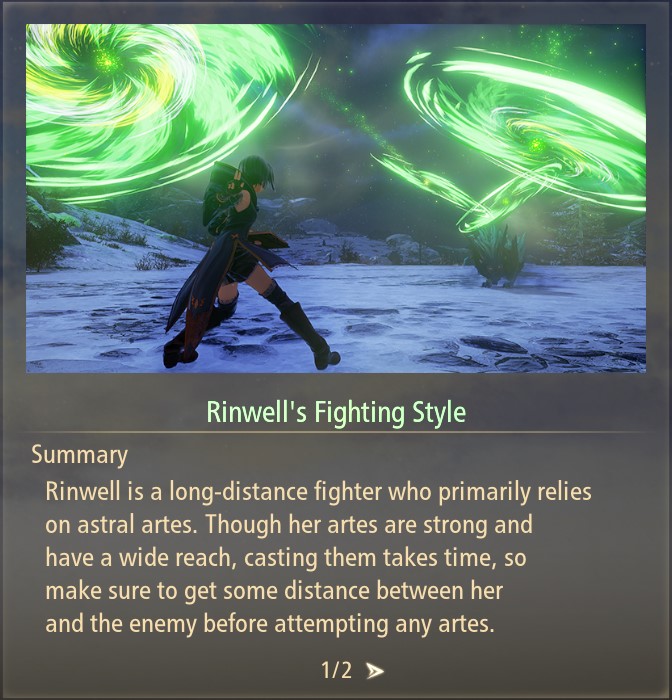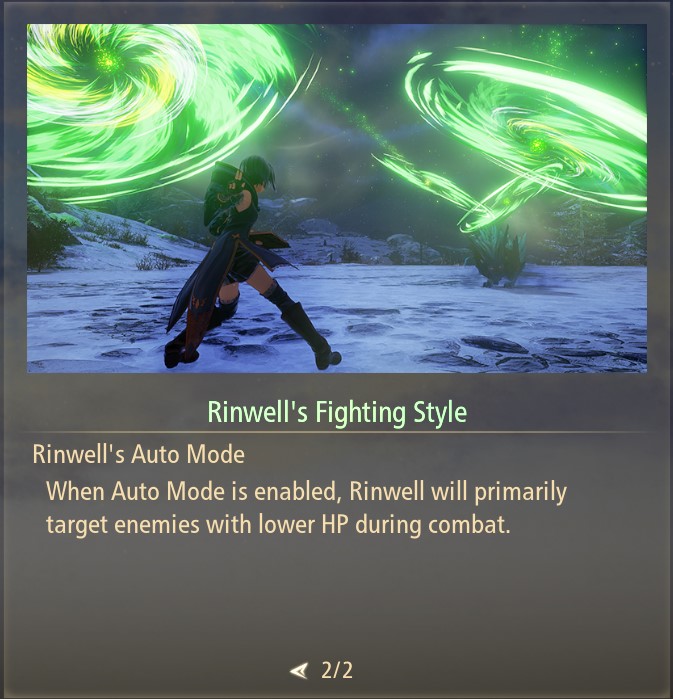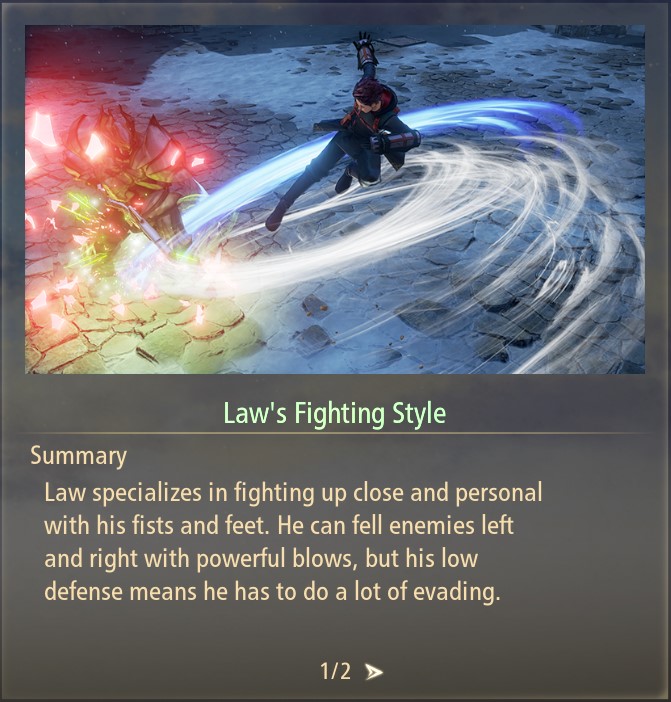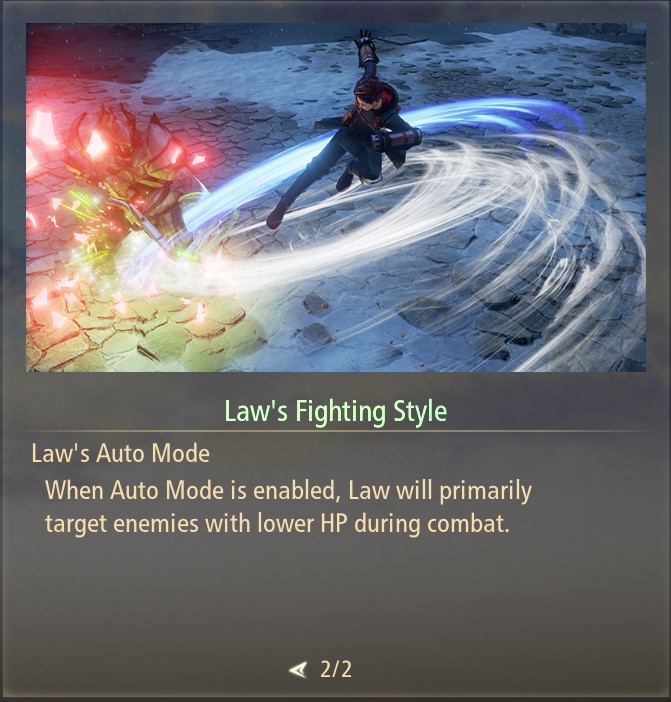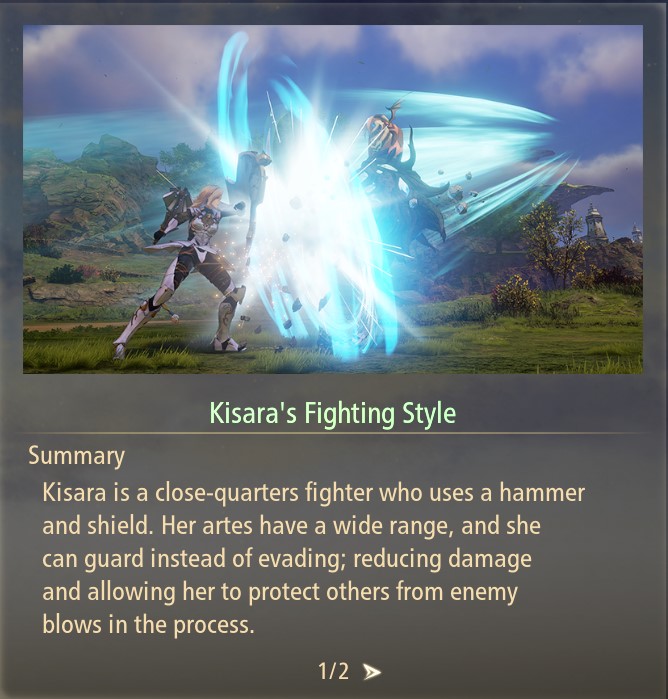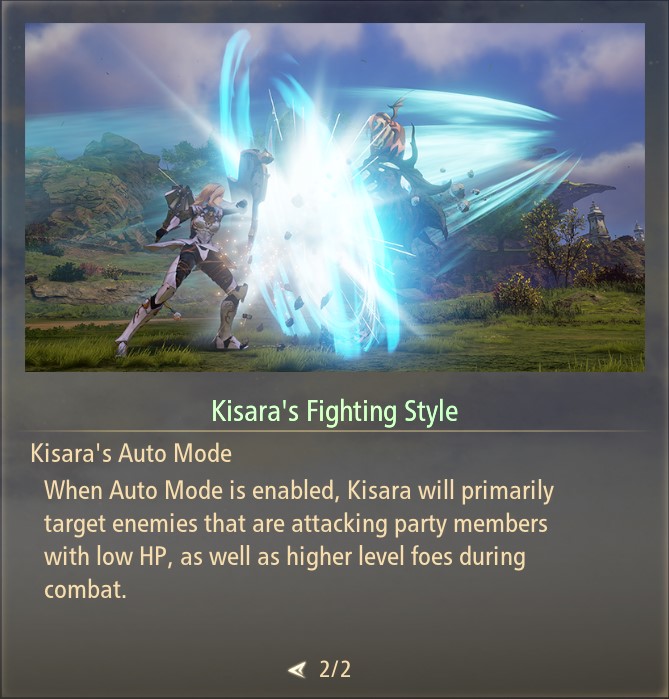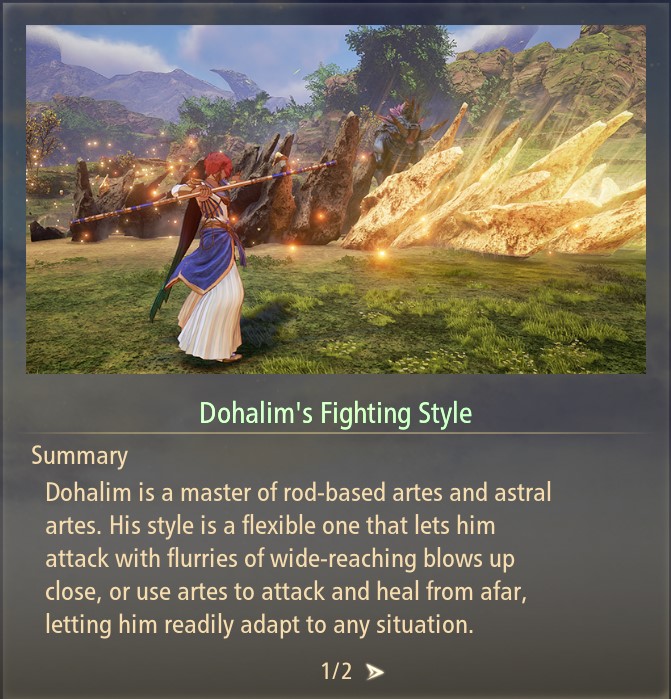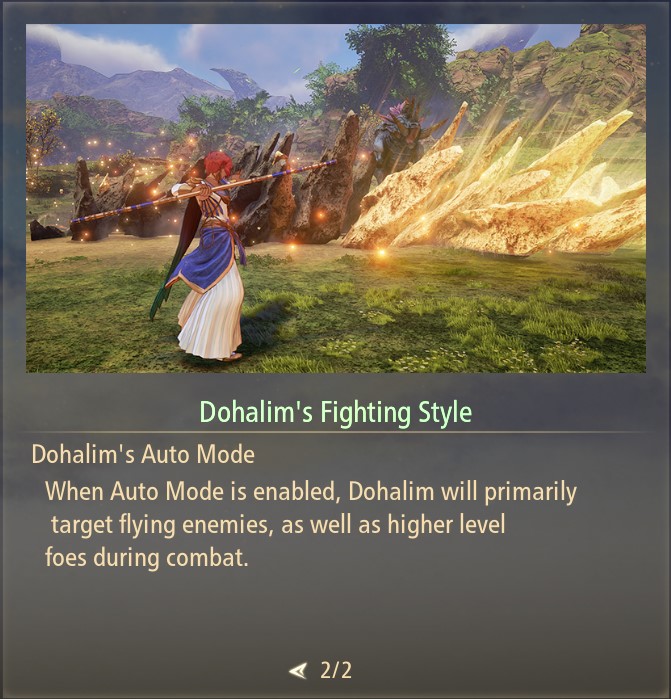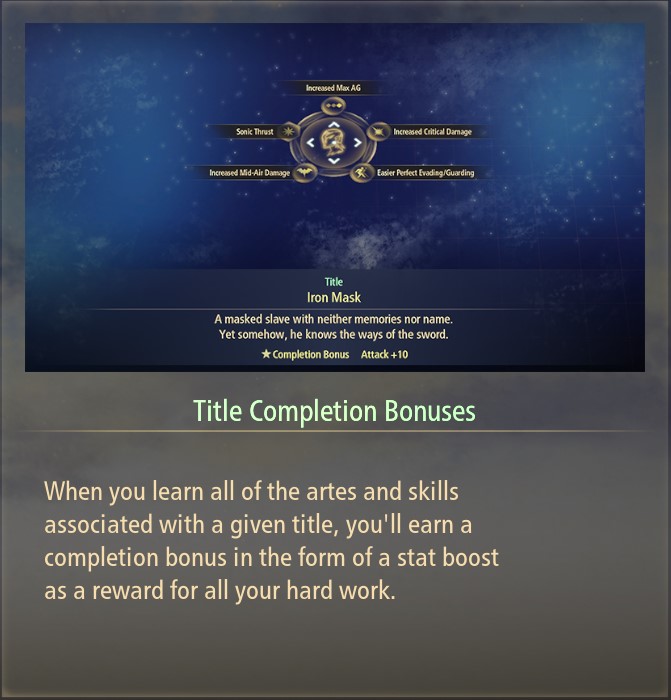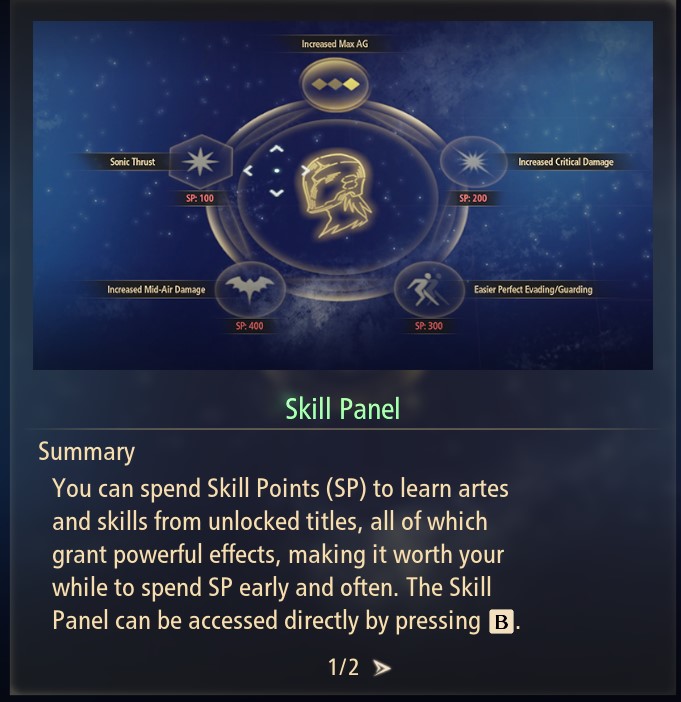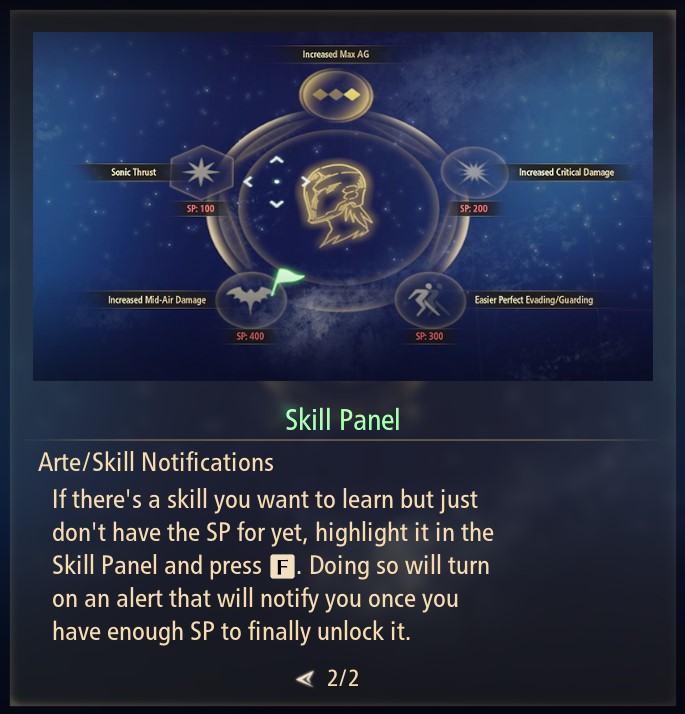What The STRUCK is Tales of Arise?
(when a modern JRPG remembers its roots and blends classic JRPG design with modern features and combat, Tales of Arise is born )
♦ ◊ ♦ ◊ ♦
Tales of Arise fully launched on September 10th, 2021 for PC (Steam) and Consoles (PlayStation & Xbox. After more than 4 days of playing the game I’m ready to share my First Impressions and explain “What The STRUCK is Tales of Arise“.
Tales of Arise is a modern JRPG that blends elements of classic JRPGs game design alongside modern combat & features. We see third person exploration and real-time combat replace the classic turn based JRPG combat while retaining a more grounded and classic itemization system, which some would love while others might think feels lacking. If you’ve played enough classical JRPGs, then this itemization will feel very familiar and ‘right’, while if you’ve not played much of the classics you might feel like it’s a bit too basic.
Another aspect of the game that might feel wrong to some people is the disconnection between exploring and the combat and how the battles are separated from the “open” world.
This post could end up getting expanded and updated eventually but, hopefully, for now it includes enough information to serve as a basic guide on top of a first impressions article.
Video Version:
The Story:
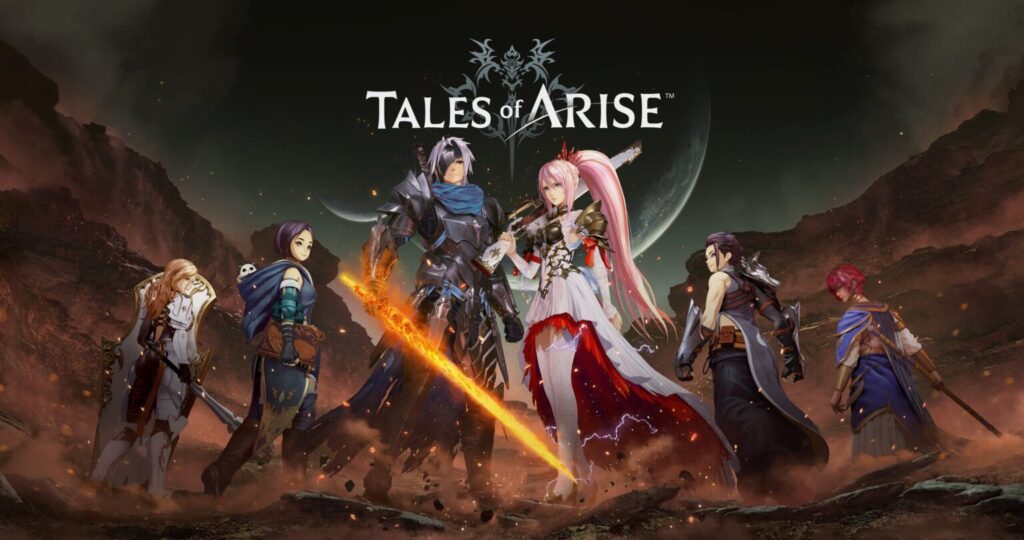
Without spoiling or revealing too much: The game begins with our main character (the male lead character), Iron Mask (Alphen) who is a Dhanan slave working in a mine under Rennan rule. Certain events lead to us meeting the female lead character, Shionne and there starts our adventure of revolting against the Rennan oppression with a goal of making a better world where everyone could get along, regardless of their background.
As the story progresses, we’ll keep meeting various characters that are either allies, enemies, or enemies that become our allies. Some of those will be the actual team members/playable characters. Here’s is some of the official lore background:
On the planet Dahna, reverence has always been given to Rena, the planet in the sky, as a land of the righteous and divine. Stories handed down for generations became truth and masked reality for the people of Dahna. For 300 years, Rena has ruled over Dahna, pillaging the planet of its resources and stripping people of their dignity and freedom.
Our tale begins with two people, born on different worlds, each looking to change their fate and create a new future. Featuring a new cast of characters, updated combat, and classic Tales of gameplay mechanics, experience the next chapter in the world-famous Tale of series, Tales of Arise.
Quoted from the Official Game Website
The Combat:
The game features third person real-time combat that is, unfortunately, detached/disconnected from the exploration and to many this disconnection will seem strange, while others will see similarities to turn-based old school dungeon crawler and JRPG games where there’s transitions to a “battle space” before & after each fight. Such a disconnection would make sense if the game’s combat was turn-based but it really feels out of place considering the game’s real time, dynamic combat approach. Maybe they made it this way to prevent accidental or intentional “pulling” of too many monsters to fight them together (which for beginners might result in getting obliterated and a negative experience) or maybe it was just ‘cheaper’ and faster to develop the game in such a way so that we don’t constantly all 4 “battle-ready” group members running together during the exploration mode.
Apart from the one negative aspect of combat mentioned above, there are A TON of cool and fun mechanics in terms of combat that (for me at least) are enough to redeem the game and make the combat one of my favorite things about the game. Keep in mind that you won’t have access to all aspect of the combat system right away and you’ll unlock them as you progress through the game. I’ll list and talk about those systems/features below:
- Basic Combat & Attacks: the most basic things you’ll learn first will be: movement, evading, basic attacks, and Artes
- Artes & Spells: Artes are active skills & spells that your characters can use. They vary from close range, long range, support buffs, heals, resurrection, and others. Players start with 3 Artes slots for Ground and 3 for Aerial combat that can be customized by allocating Artes of your choosing to each of them. Eventually, after unlocking Artifacts, players will get a second set of Ground & Aerial Artes slots for a total of 6+6 instead of 3+3. Artes have proficiencies and can be enhanced/leveled up as you use them. There are 3 proficiencies for each character and any Arte you use will fall under one of those ‘categories’ and level that proficiency the more you use it. Additionally, each Arte has its own separate rank which can be leveled up from rank 0 (0 starts) to rank 5 (5 stars) as you reach certain use count thresholds. Using Artes will cost AG and each character can increase their maximum AG by learning certain passive skills.
- Boost Attacks: As the combat goes on, a certain meter will fell – the Boost Gauge (BG). Once a battle character has a full BG, players can press the corresponding button to unleash a boost attack.
- Support Member Boost Attacks: Support characters can also help with their Boost Attacks. Once a support character has a full BG, players can press the corresponding button combination to unleash a boost attack.
- Boost Strikes: As you keep hitting and combo strikes on the same target a blue gauge will build up. Once its fully charged, you’ll see a blue “STRIKE” text on the screen as well as blue glows around all characters’ Boost Attack hotkeys. Using the corresponding hotkey will unleash a Boost Strike. Boost Strikes are one-hit-kill attacks that are performed in a tandem with another ally. For example, using Alphen’s Boost Strike will unleash 1 of 5 possible combos between Alphen and the other 5 Allies.
- Special Boost Strikes: During certain fights (usually boss-fights), after meeting specific conditions, you will have the option to unleash a Special Boost Strike, which usually happens when one of out team members is facing a “nemesis” foe. Those will be of huge help and will tip the scales in our favor.
- Party Formation: The party formation consists of 4 Battle slots and 4 Support slots. Since there are only 6 characters that leaves us with either 4+2 or a different mix like 3+3 or 2+4 battle + support team members. At first you won’t have all team members but eventually all 6 will be available. You will control one of the “Battle” members, while the others can be set to Auto, Aemi-Auto or Manual.
- Over Limit: As you take damage & execute perfect evasions, you’ll enter Over Limit status for a certain duration. During that time, Artes cost no AG to use and enemy attack will not interrupt them. However, enemies can also enter Over Limit as well.
- Mystic Artes: Wile in Over Limit, after landing an Arte, pressing and holding any two of the three Arte Hotkeys will activate you’s character’s Mystic Arte. Once used, this will end the Over Limit status.
- Battle Chain Bonus: Eventually players will unlock a Battle Chain Bonuses system that lets them earn more EXP and better item drop rates as well as encounter Rare foes more often. This bonus has multiple stages and you increase the bonus gauge based on how much Combat Points you’ve earned during battle.
- Combat Points: After each battle you’ll earn Combat Points based on your performance, the higher your total, the more SP and Arte proficiency you’ll earn for your characters.
- Cure Points (CP): Cure Points (referred to as CP in-game) are NOT TO BE MISTAKEN WITH Combat Points. Cure Points will be consumed when using Artes with healing and support effects (in addition to AG). CP is shared across the whole party and can be restored with items or by resting at an inn or a campsite. You can raise you CP by leveling up as well as by finding specific Items (Astral Flowers, which drop only from powerful foes like Giant Zeugles or Bosses & Mini-Bosses).
- Combos: Stringing together actions without gaps will result in a combo. Normal attacks have a set limit, while Artes can continue as long as you have AG. Ground and aerial normal attacks count separately so chaining them in combos in such a way would be most optimal. After attacking a foe there is a brief window for a follow up to keep the combo going. There are also Diminishing Returns during combos: if the same Arte is used multiple time within four actions, its Penetration will decrease and enemies will recover from it sooner. Continually doing this raises the penalties making Artes half as effective at their harshest.
- Critical Hits: Critical Hits do extra damage and are indicated by a “CRITICAL” text on screen. Critical Hits are more likely to occur the higher the character’s Penetration is, and the lower the target’s Resistance is.
- Elements: Some enemies and arts fall under a specific elemental affinity category. Attacking an enemy with the same element as their affinity will be less effective while using the opposite element will be more effective. There are three pairs of opposing elements for a total of six elements :
- Fire & Water
- Wind & Earth
- Light & Dark
- Physical Ailments: When an enemy lands an attack that can inflict an ailment, each hit will increase the potential for infection. Taking too many hits will result in getting inflicted by it. You can cure ailment with items or Artes, or you can wait for the duration to expire. All Ailments Reduce AG recovery by 50%. Types of Ailments:
- Poison: Damage to your HP over time.
- Paralysis: Chance of flinching when performing an action
- Freeze: Unable to move for a set duration
- Curse: Lowers Endurance. Raises dmg taken.
- Weak Points:Some large enemies have Weak Points. Those will glow in orange and can be destroyed after taking a set amount of damage. Doing so will break the core and down the enemy. (Downed enemies take more damage). Depending on the enemy, you may be able to directly target its weak point.
- Staggering Enemies: as you keep attacking enemies, you may eventually stagger them. Staggered enemies are left completely defenseless and exposed to further attacks. Lower enemy endurance and higher ally Penetration will result in Staggering more often.
- Strategies: The Strategies menu will let you choose the fighting style of your auto or semi-auto allies. there are 4 preset strategies with an option to make a custom strategy based on how you want your Battle allies to behave during combat.
- Fleeing: In regular fights, players can choose to “Flee” and run away. This will start a timer, which can get quicker the more your party level exceeds the enemy’s. Battles with unique and gigant/giant enemies can not be fled.
- Party Defeat & Recovering: When the full team wipes out in normal fights, it will cost CP to recover in the same area. If you have no CP you will still recover in the same area, but you won’t recover any HP. It might be wise to retreat and save up CP sometimes.
The World & Map Size:
The world of Tales of Arise is vast and there’s a ton of areas to explore and things to discover. It may not a a fully open world RPG but the amount of zones makes up for it (at least for me). So far I’ve beaten 4 major bosses and acts and I’ve discovered 5 continents/regions. Each of those regions has several explorable open-space or indoor areas. The areas are connected in a chain but it’s not just A>B>C>D>E>etc and in some cases it will be AB>B2>B3 + A>C>C2>c3 etc. So there is some depth to it and we’re not just moving in a straight line in fact in some cases both A and C could lead to B and both B and C could lead to D, which might lead back to A. I hope my simple attempt to explain how the maps’ structure works was not too confusing but this is best show (in a video) rather than explained with words or screenshots.
The point i am trying to make is that even tho you’ll have to go through loading screen while traveling from one area to another (even if it’s in the same region), it is not so bad because of fast loading screen (due to loading less assets at a time). Considering the vast amount of explorable areas It seems like a good choice to do it that way.
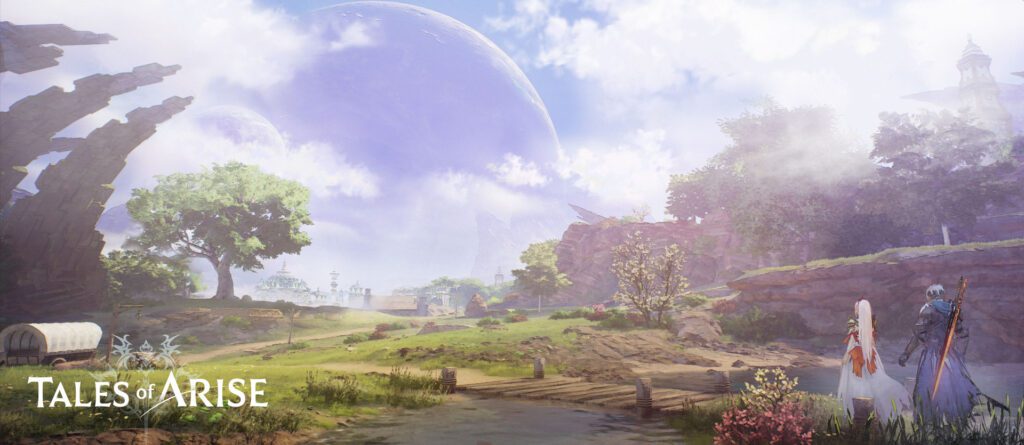
Party & Companions:
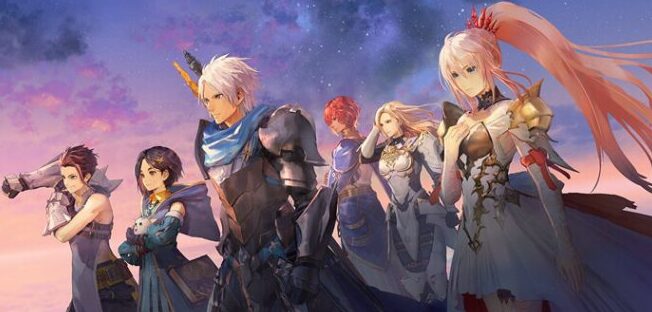
There are a total of 6 characters that the player can use to build their team. Each of them can be used a a main/parry leader that the player control manually, while the others will fill the remaining Battle and Support slots of your Formation.
Each character has their own fighting style and will behave differently during Auto-Mode. Here’s a gallery from the in-game “Help” guide for further information:
Loot & Itemization:
The game’s Loot & Itemization system drawn inspiration from the old school classics of the JRPG genre. It’s more grounded which makes it easier to balance but won’t provide players with much build diversity. Weapon & Armors are the most grounded as there it’s a matter of unlock the next tier/grade, obtain it and use that one instead of your old one. Whereas with accessories there is some customization based on what you want to equip on each character.
As you win battles, you will earn various crafting materials and consumables, while armor can be obtained from certain loot chests or purchased from some merchants. Note that progressing through the main story and reaching new zones will unlock more and better armor to be purchased from merchants. Each hero has their own unique armors and which others can not equip.
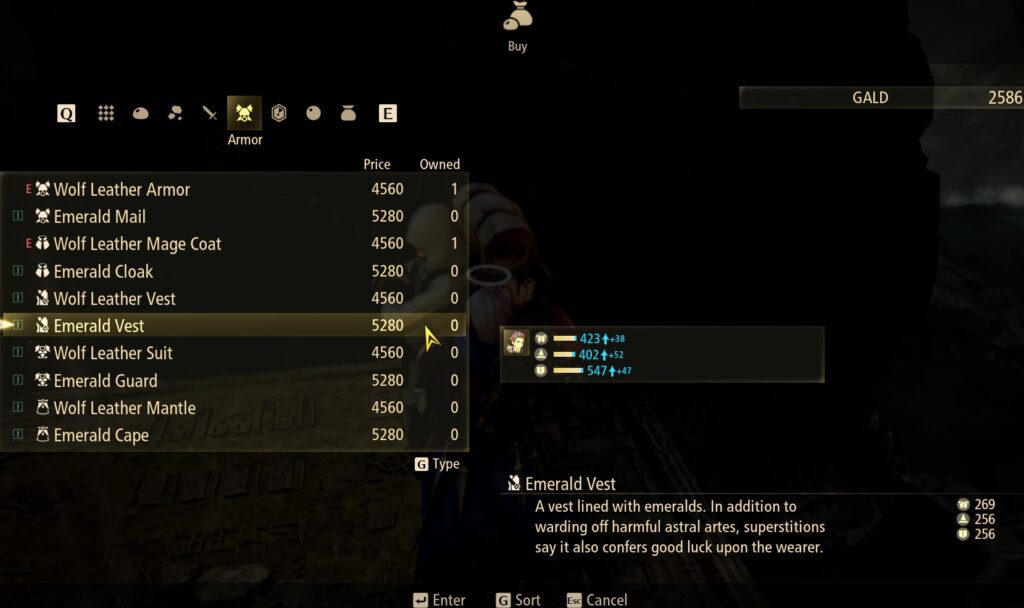
Another thing that is unique for each hero are the weapons. Unlike armors, weapons can NOT be purchased or found in loot chests. The only way to obtain weapons is to Craft/Forge them with materials at the specific NPC(s). Some weapons unlocked in the later stages of the game will be stronger/refined version of older lower grade weapons so it might be good idea not to sell all all items.
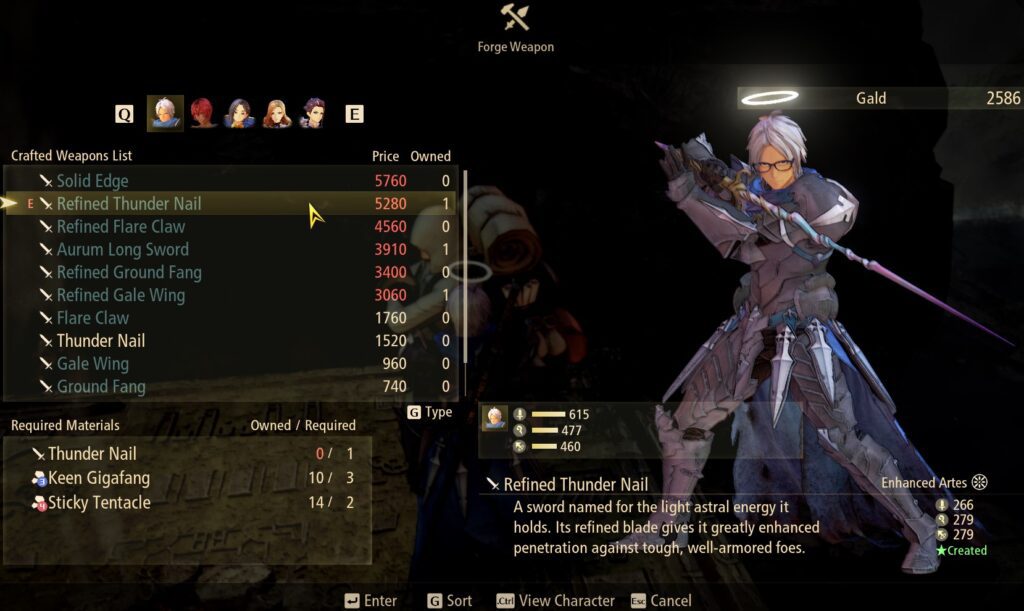
Accessories are also craft-only, however, there will be certain cases where you get accessories as quest rewards. After crafting an accessory, you will be able to enhance it (if it’s of a tier/rank higher than 1 star). Accessories can be crafted using Ore. As you obtain such ores, they will randomly roll with a certain set of “skills” which are pretty much affixes that can be reached after enhancing the accessory to the specific rank/level. Each Accessory can be enchanted no higher than the rank of the ore that has been used to craft it. On the image below you see a rank 4 accessory. Crafting this one will let us enchant it to lvls 2, 3 and then 4 to unlock the additional skills/affixes on it.
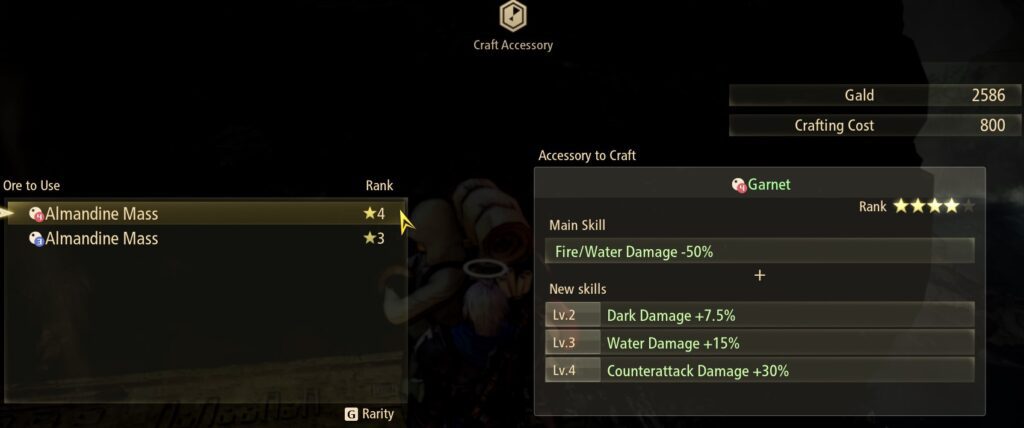
‘Build’ Diversity:
In terms of Build Diversity in Tales of Arise, there are a few elements that come together to form a build:
- Party Formation: The diversity here comes from deciding which 4 characters are the “Battle” squad and which 2 go into the Support slots. One of the 4 Battle heroes is the one you control and fight with (although you can always switch to & control another one of the 4 at any time). The remaining 3 will stay on the battlefield and fight autonomously based on the strategy you’ve set.
- Artes & Spells: This refers to both the Artes of your “party leader” that you use manually and have a limited slots to pick as well as the auto-combat Artes that your allies use. You can toggle on/off every single Arte for the 3 battle members that fight autonomously which lets you do things such as tell a party member only to use Artes of a certain element or of a certain proficiency. Focusing on just 1 element vs certain bosses and mini-bosses would maximize your team’s dps if you choose that enemy’s weakness. On teammates like Dohalim you can even disable any close range attacks and force him into a ranged support and dps role similar to Shionne’s which can be useful in chapters when Shionne is not in the team.
- Accessories: You can choose the right accessory based on the role you want a specific hero to performs. Resistances, Defense, and aggro increase to the tank, aggro decrease to the healer and maybe the other DPS members, penetration, attack or elemental attack to the DPS teammates, etc. It may not be much but it does provide a layer of customization.
The gallery below provides a bit of information about how the “Skill Panel” & “Titles” work:
Artifacts:
Artifacts are a system that allows players to enable or disable various passive bonuses that benefit the team. The system is unlocked after finishing Chapter/Act 3 and receiving the first artifact. There are a total of 23 artifacts that players will find/discover on their adventure. Apart from the first one, it seems that all other artifacts can be toggled on/off based on whether you like their effect or not.
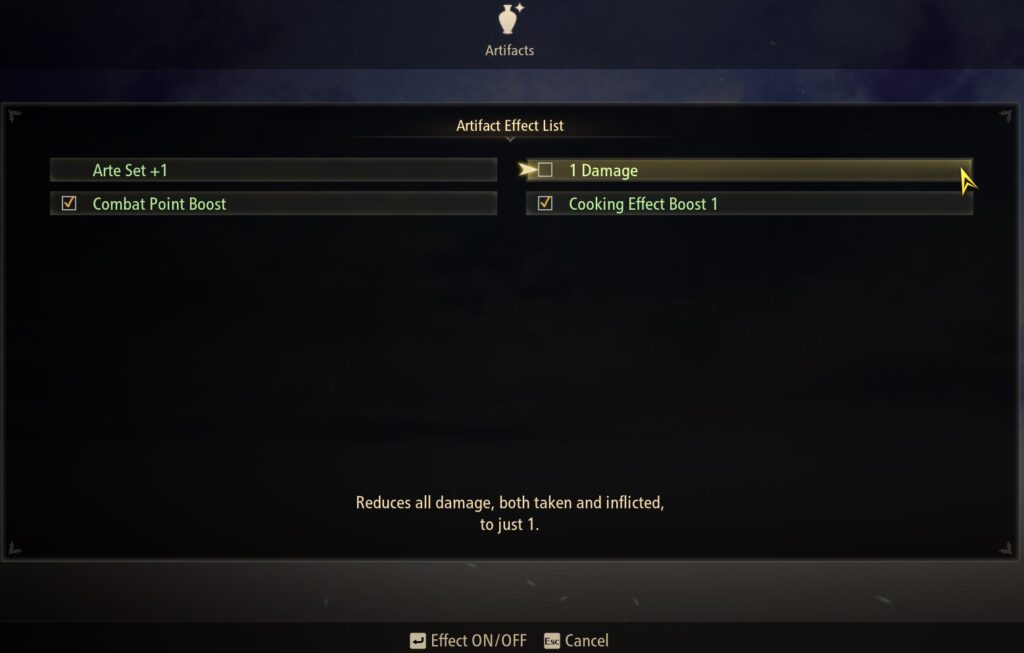
Rest & Cooking:
Players can rest at Inns in Towns as well as at Campsites/Campfires around the map. Upon resting, players can choose to cook a meal (from the recipes they have already learned/unlocked) which will provide a specific boost to the whole team. Cooking certain meals with specific characters (as a favorite meal) will result in a modifier to the meals such as changes to the effect or the duration of the buff it provides as long as that character is currently in the party (regardless of the formation configuration)
Ranching & Fishing:
There are certain side activities in that game such as the Ranching & Fishing systems.
- Ranching lets players grow livestock (Cows, Pigs, Chicken, Horses, Sheep, etc.) and collect cooking materials every X minutes. There is a little extra depth by allowing players to choose different feed that can boost the livestock growth or reduce the time it takes to collect the products. Another elements is the guarding system that includes 4 “guard”slots in which you can assign cats or dogs. Dogs guard against monsters, while cats catch mice. It seems to be very random whether more defending against monsters or mice is needed each time so usually balanced setup of 2 cats and 2 gods may be most optimal.
- Fishing lets players catch fish ONLY at specific fishing spots. There are various lures that players can purchase and use that should help catch fish easier. Each fishing spot has a specific types of fish that can be caught there. The system seem a bit too complicated and like an overkill but some players might enjoy it the way it is.
Skits:
Skits are optional & additional cut-scenes that add extra flavor to the story. Each explorable area contains at least 1 unique skit that is unlocked upon entering it and can either be viewed while exploring that area or by using the “Reminisce” menu in your campfire before resting.
Exploration (was cut from the video):
The world is vast and there’s a ton of stuff to explore. Each zone may have various lootable points of interest such as: cooking materials (mushrooms, wheat, vegetables, fruits, fish, etc.), Ores, treasure chests. On top of that, there are also things such as Owls (which unlock new cosmetic outfit pieces as well as unlock titles for Rinwell, grating access to new Artes and passives). Each zone also has various fixed monster spawns that can be cleared but do re-spawn after a rest or when returning to the area from another one.
PROS & CONS:
PROS
- Big & Beautiful World
- It’s Anime + Fantasy
- Fast-paced Combat System
- Beautiful VFX, SFX, & OST
- Some ‘Build’ Diversity
- Decent Itemization System
- Sufficient Quests & Side Quests
- Optional Side Activities
- A lot of useful NPCs & Game Systems
- VERY good in-game “help” menu
- A lot of QoL (more to be desired still)
CONS
- the combat & exploration are ‘disconnected’
- not much gear diversity (for some it’s a pro, it’s like old school JRPGs)
- the fishing is unnecessarily complicated
♦ ◊ ♦ ◊ ♦
This concludes my 2-in-1 First Impressions + Basic Guide for Tales of Arise. If you’re interested in the game below are links to the various platforms where one can buy it (you can just click the links to open a new tab):

